|
It is truly remarkable how a simple sip of wine can transport me to a different place and time. In 2022, I traveled to Alentejo, Portugal, with a small group of fellow wine writers. We had the pleasure of visiting 11 wineries, and meeting engaging winemakers. We tasted memorable wines, indulged in the local cuisine, and soaked up this small region’s rich history and culture. I wrote many articles about Alentejo before my visit and several articles after returning. So, instead of repeating myself about its eight sub-regions, terroir, and grapes, please click “Alentejo” on the Categories list to read about this fascinating region, its wineries, and grapes. Or jump to this article for a quick introduction. thewineknitter.com/the-journal/alentejo-a-magical-wine-region While in Alentejo, we visited the estate of Herdade Do Esporão, located in the Reguengos de Monsaraz DOC sub-region. Herdade do Esporão is one of the largest wine producers in Alentejo. They have over 450 hectares of vineyards with 194 grape varieties planted on the estate, of which 37 are in full production. In addition to the wine vineyards, there are four types of olive trees in the 80-hectare olive groves, along with orchards and kitchen gardens. All farming uses organic methods and integrated production. They began the transition to organic farming in 2008, and 11 years later received their organic certification. I recently received Esporão Reserva Red and White samples, which I also enjoyed tasting while visiting the estate. (I took both photos 11/2022.) Although the samples are different vintages with new label designs, these wines evoke fond memories of a great trip! Esporão Reserva White 2022 DOC Alentejo This wine is considered the flagship wine of the Esporão Alentejo estate. Grapes are harvested from 18 to 27-year-old grapevines in certified organic vineyards with soil of granite/schist base and loam/clay structure. It is a blend of Antão Vaz, Arinto, and Roupeiro grapes. It is aged six months in stainless steel tanks and new American and French oak barrels. Nose: Hints of white flowers, honeydew, white stone fruit, vanilla, and toasted notes. Palate: This wine is fresh and vibrant with a touch of tropical notes. Honeydew, pineapple, minerality, and lemon zest are playful on the palate. Alcohol: 13.5% SRP: $23 Pairing suggestions: Enjoy as an aperitif or with salads, grilled chicken, and sushi. Esporão Reserva Red DOC Alentejo 2021 Herdade Do Esporão first introduced this wine in 1985. It is a blend of Alicante Bouschet, Trincadeira, Touriga Nacional, Aragon, and Cabernet Sauvignon. The grapes are sourced from vineyards with organic farming certification and vines averaging 20 years of age. This wine is aged 12 months in new (20%) and old (80%) American oak and French oak barrels, and then a minimum of six months in the bottle. Nose: Violet notes, dark berries, plum, a hint of cherry, baking spice, and pepper. Palate: Aromas dance onto the palate with spice and slightly chewy tannins on the finish. It is very drinkable now, but I used my Coravin and look forward to tasting this again in one year. Alcohol: 14% SRP: $23 Pairing suggestions: Serve with grilled meat, pasta, grilled or sautéed veggies, or burgers and fries. The next time you want to travel to a particular wine region, start with a glass of wine and let your palate begin the journey! Until next time… Cheers! Penina To leave a comment or if you have an inquiry, please contact me at [email protected] Happy New Year! Are you ready to embrace 2024? I certainly am! I have lots to share with you over the next few months, which includes more insights on my trip to Mt. Etna and Alentejo, a Bulgarian dream tour, and lots of wine from around the world! With the season’s first significant snowstorm in progress, I decided to sample a few red wines to entertain my palate while the snow piles up outside. So, let’s start toasting the New Year with these tasty treats from Italy, Portugal, and Chile. Masciarelli Montepulciano d’Abruzzo DOC 2020 Masciarelli Tenute Agricole is a family-owned winery founded in 1981. Led by mother-daughter team Marina Cvetić and Miriam Lee Masciarelli, the winery is the only one in Abruzzo to own land in all four provinces ((Chieti, Pescara, Teranio, and L’Aquila.) They have 350 hectares of estate-owned vineyards and are committed to sustainability in the vineyards and the winery. Masciarelli has 22 labels and seven product lines. This wine is 100% Montepulciano, hand-harvested from nine specific vineyards. It is aged in stainless steel tanks and then bottled without fining or filtration. Nose: Violets, cherry, berries, and spice. Palate: Juicy bing cherries, red berries, spice, and a hint of herbs. It is nicely balanced and good value for the price! Alcohol: 13.5% SRP: $15 Pairing suggestions: Pizza, pasta, grilled meat, or charcuterie board. Dos Lusíadas Pinteivera Tinto Douro Valley DOP 2018 Michel Chapoutier is an iconic winemaker and wine merchant known for his organic wines in the Rhone Valley, France. In 2009, he picked out a small, three-hectare plot in the Douro Valley, Portugal. His motivation was to produce wine from the indigenous and most praised grape variety, Touriga Nacional. He and local growers collaborated, resulting in the creation of Pinteivera. This 100% Touriga Nacional is hand-harvested at maturity, and the wine is aged in 100% French oak barrels for 12 months, with a percentage that goes to new barrels varying from year to year. “Dos luisiadas is named after the famous poem, Os Lusíadas, written by Portuguese poet Luís Vaz de Camões. This epic work tells the tale of the Portuguese explorer Vasco de Gama’s travels to India.” Nose: Violets, berries, and spice, with a touch of cherry and herbs. Palate: Lovely notes of dark fruit, plum, dark cherry, wisps of minerality, and notes of dark berries and dark chocolate lingering on a long finish. Beautiful depth and character. Alcohol: 15% SRP: $38 Pairing suggestion: Hearty stews, braised brisket, seared tuna, chili, or grilled octopus. Viña Maquis Gran Reserva Cabernet Sauvignon 2018 Viña Maquis is located in the heart of the Colchagua Valley in Chile between the Tinguiririca River and the Chimbarongo Creek. Both waterways act as conduits for cool coastal breezes that moderate the warm summers and have a pronounced effect on lowering the temperatures during the hot season. The winemakers said, “This has an impact on the characteristics of the grapes and the wines by increasing the fresh fruit and floral aromas, making the wines more vibrant on the palate and moderating the alcohol levels.” The Hurtado family has owned the estate since 1916, but its roots date back to the 1800s. They own 218 hectares of vineyards in the DO Colchagua Valley. The grapes for this wine are 90% Cabernet Sauvignon, 6% Cabernet Franc, 3% Carmenere, and 1% Petit Verdot. The grapes are all sourced and hand-picked from a vineyard in the Palmilla DO. The wine was aged for 12 months in French oak barrels. Nose: Red berries, plum, herbs, baking spice, and bing cherries. Palate: Aromas segue onto the palate with an emphasis on cherry and hints of minerality. The tannins are mild, and the wine has good structure and balance. The finish is long and heavenly. Alcohol: 14% SRP: $20 Pairing suggestions: Barbecue fare, stews, cheese plate, portobello burger, or seared tuna. Montes Wings Carménère 2020 Montes Winery is based in the Colchagua Valley, Chile, with its vineyards spread throughout the country. It was established in 1987 by original partners Aurelio Montes and Douglas Murray. In 1988, Alfredo Vidaurre and Pedro Grand joined the partnership. These visionaries created a company recognized worldwide today, with their wines exported to over a hundred countries. Wings was created from a long-running dispute between Aurelio Monte Sr. and his son, Aurelio Jr. His son wanted to produce a “more free-flowing style of Carménère.” The result is Wings. It is 85% Carménère and 15% Cabernet Franc. Grapes for this wine are sourced and hand-picked from their Finca de Apalta estate in the Colchagua Valley. The wine was aged in new French oak barrels (80%) and second- and third-use barrels (20%) for 16 months before bottling. Nose: Dark berries, cherry, pepper, baking spice, tobacco, and a hint of fig.
Palate: Lush dark fruit with spice and a touch of dark chocolate lingering on a long finish. Beautifully structured and complex. It will only get better with age! Alcohol: 14.5% SRP: $55 Pairing suggestions: Aged cheese platter, roasted/grilled meat, mushroom stew, lamb chops, or vegetable risotto. Fun fact: Chile has the most Carménère under vine in the world, at 10,332 ha/25,530 acres in 2021. By comparison, France has just 80 ha/197 acres. DNA analyses carried out in New Zealand in 2006 showed that several vines planted as Cabernet Franc are, in fact, Carménère. It is also present in Veneto, Italy, plus a few vineyards in China. I wish everyone a healthy, happy, and peaceful New Year! Until next time… Cheers! Penina To leave a comment or if you have an inquiry, please contact me at [email protected] Several years ago, I had the pleasure of dining with Domingos Soares Franco in New York City. For those who might not know him, Domingos is co-owner and senior winemaker at José Maria da Fonseca, a historic family-run winery in Portugal. Domingos and his brother António are the sixth generation to run this winery. And now, three members of the 7th generation have joined the team. On a recent trip to Alentejo, Portugal, I was ecstatic to have the opportunity to meet again with the now semi-retired Domingos! He is as charismatic and engaging as when I first met him in 2019. His passion and enthusiasm shine through in all he does, including producing outstanding wines. Domingos has the distinction of being the first Portuguese national to graduate with a degree in Fermentation Sciences (Viticulture and Oenology) from the University of California, Davis, in 1981. As he explained in 2019, “In the 1970s, there were no wine schools in Portugal or nearby, so I went to America to learn.” In addition to the knowledge he acquired from being part of one of the oldest and most prestigious wineries in Portugal, he returned from America with a newfound insight that influenced his approach to vine growing and winemaking. By 2020, Domingos had completed 40 harvests! José Maria da Fonseca was established in 1834 and is one of Portugal’s most historic wine producers. Its headquarters are in Azeitão on the Setúbal Peninsula. It is the fourth-largest winery in Portugal, with more than 650 hectares of vineyards and an extensive collection of Portugal’s top local varieties. Their vineyards are in several wine regions around Portugal, including Douro, Vinho Verde, Alentejo, Dao, and Setúbal. Alentejo has eight sub-regions, and the vineyards for José Maria da Fonseca are located in Reguengos, the largest of these sub-regions, where some of the oldest vineyards of Alentejo can be found. The landscape is dramatic, scattered with rocky outcrops and poor, stony soil. A continental climate consisting of cold winters and hot summers, along with the soils, strongly influence the viticulture here, producing powerful and full-bodied wines. Casa Agrícola José de Sousa Rosado Fernandes was purchased in 1986, which includes the Herdade do Monte da Ribeira. The property is rich in history and esteem and has produced wine since at least 1878. With the purchase of the property, José Maria da Fonseca made an old dream come true by producing wine in Alentejo using traditional winemaking techniques initiated by the Romans over 2000 years ago. In keeping with this tradition, an ancient fermentation method occurs in clay amphorae, referred to as Tahla winemaking. The winery has possession of 120 clay amphorae ranging in age from the year 1895 to 1908. Domingos said, “The Romans brought the clay pots to this region, but it was invented in Georgia.” He added, “After a trip to Georgia and tasting wines from clay pots, that was it. I was taken with the aromas and flavors of both white and red wines. Over time, the wines develop such complexity.” His collection of amphorae comes from three different origins in Portugal, but Domingos feels the clay pots made locally are the best. “The amphorae are very hard to replace and can’t be touched in winter because they are so slippery from the humidity and will break.” Slide show photo credits: Penny Weiss We tasted eight wines while visiting the winery, all of which were a treat for the nose and palate. Here is a small sampling of these captivating wines. Dona Julieta Reserva 2020 This is a blend of Aragonês, Trincadeira, Syrah, and Alicante Bouschet. The grapes are fermented in stainless steel vats and aged six months in French and American oak. Nose: Dark fruit, plum, earthy Palate: Rich dark fruit, a hint of fennel and chocolate, soft tannins, and nice acidity. Alcohol: 14% Pairing suggestions: Grilled meat, game, veggies, or cod. José De Sousa Mayor 2018 This wine is a blend of Gran Noir, Trincadeira, and Aragonês. Domingos described Grand Noir as a small and very concentrated berry with distinctive notes of coffee and dark chocolate. He added that during fermentation, one can smell the flavors. “It is a fantastic variety.” Fermentation for this wine takes place in talhas with part of the must, skins, and 30% stems. The other portion is fermented in lagares. A lagare is a large, open vat made of stone. The wine is aged for nine months in new oak barrels. Nose: Ripe fruit, figs, dates, spice, a touch of leather, and wood. Palate: Dark fruit, sour cherry, rich flavor, complex and balanced with smooth tannins and a long finish. Alcohol: 14.5% Pairing suggestions: Cheese, game, vegetable risotto, or potato casserole. Puro Talha Red 2015 A blend of Grand Noir, Trincadeira, Aragonês, and Moreto is vinified in 100% clay pots. No oak is used. Nose: Floral, mineral notes, red fruit, nuts, clove,
Palate: A robust and complex wine with berries, earth, clay, and spice. A hint of savory lingers on a long finish. Alcohol: 14% Pairing suggestions: Grilled red meat, game, seared tuna, cod, stews, or cheese spread. When asked about climate change, Domingos briefly replied, “I want to get ahead of climate change by experimenting and changing the clones. I think the best approach is to try different clones, definitely not change the varieties. José Maria da Fonseca has 34 brands, a market presence in 70 countries, and exports 60% of its production. Their wines are noteworthy and worth seeking out. To learn more about Alentejo, its diverse terroir, wine producers, and reviews, please click “Alentejo” on the Category menu at right. Until next time… Daylight savings has begun, and spring is just around the corner! As a rule, my mood dictates what wine to open, not the weather. And as I’ve mentioned many times in articles I’ve written, I’m not a “seasonal” wine drinker. I enjoy red, white, and rosé all year round. But of late, I’ve been looking forward to sitting outside amongst the budding trees, being serenaded by the birds, enjoying the scent of blooming lilacs, watching the sunset, and sipping a white or rosé wine! Pure bliss! And as much as I love all the seasons, I have a soft spot for spring because it is the season of renewal. And as Gustav Mahler, the composer, said, “Spring won’t let me stay in this house any longer! I must get out and breathe the air deeply again!” So without further ado, here are three white and three rosé wines to kick off the spring season and to enjoy while embracing the longer days and Mother Nature’s gift of renewal. Hat Strap Chardonnay, Los Carneros AVA 2021 This California wine is produced by Cline Family Cellars, established in 1982, a family-owned and operated winery. The grapes for this 100% Chardonnay are sourced from the Cline family’s J. Poppe sustainably farmed vineyard, the oldest Sonoma vineyard on the winery’s estate. Grapes are fermented in a mixture of stainless tanks and French oak barrels. The wine is aged for ten months in 35% new French oak barrels, 35% in neutral barrels, and the rest in stainless. Nose: Sweet apples, white stone fruit, tropical notes, and a hint of lemon. Palate: Juicy peach, pineapple, a hint of herbs and spice with a creamy mouthfeel, and lively acidity balanced with a savory finish. Alcohol: 14.5% SRP: $25.00 Pairing suggestions: Enjoy as an aperitif or pair with salads, light pasta, grilled seafood, or roasted chicken and veggies. Herdade Do Esporão Monte Velho Rosé 2021 Herdade Do Esporão, whose history dates back over 750 years, has vineyards located in the Alentejo wine region in the southern half of Portugal. Monte Velho means “old mound.” and refers to a high point on Herdade Do Esporão estate capped by the ancient square fortress depicted on the label. Blending is a significant part of wine production in Alentejo, and this rosé is a blend of Touriga Nacional, Aragonez, Tinta Caiada, Syrah, Trincadeira, and Arinto, a white grape. The wine is certified vegan by the European Vegetarian Union. Nose: Floral, red berries, and pomegranate. Palate: Aromas segue onto the palate with a nice balance of fruit and acidity. This wine is fresh and lively and is an easy sipper to enjoy while watching the sunset! Alcohol: 12.5% SRP: $12 Pairing suggestions: Enjoy as an aperitif, or serve with charcuterie or light fare. Mandrarossa Grillo Sicilia DOC 2021 Mandrarossa is a brand created by Cantine Settesoli, located in Menfi, Sicily, on the island’s southwestern side. Cantine Settesoli was founded in 1958, and it is the largest winery in Sicily and a source of ongoing research and innovative ideas. Mandrarossa is Settesoli’s top brand, which emerged in 1999. This wine is 100% Grillo, a grape well-suited to Sicily’s hot, dry climate. It is a light and easy-drinking wine. Nose: Floral, stone fruit, lemon zest, herbs, and pear. Palate: Aromas segue onto the palate with citrus, vibrant acidity, salinity, and minerality. Alcohol: 13% SRP: 15 Euros (may not be available in the US) Pairing suggestions: Fresh ricotta, grilled veggies, seafood pasta, and grilled swordfish. Villa Gemma Cerasuolo d’Abruzzo Superiore Rosato DOC 2021 Masciarelli Tenute Agricole, a family-owned winery, was founded in 1981. They have 350 hectares of vineyards located in all four provinces of Abruzzo, Italy. They are committed to sustainability in the vineyards as well as the winery. This rosé is 100% Montepulciano d’Abruzzo, with grapes sourced from a single vineyard of five hectares. Nose: Intense aromas of floral, red berries, cherry, and a hint of citrus. Palate: A juicy and dry wine with strawberry, raspberry, vibrant acidity, a creamy mouthfeel, a touch of herbs, a hint of pomegranate, and a long finish. I love this wine! Alcohol: 14% SRP: $21 Pairing suggestions: Serve as an aperitif, or pair with fish, risotto, fowl, veggie pasta, or seared tuna. CRIOS Torrontés 2021 Susana Balbo is the founder and owner of Susana Balbo Wines, located in Luján de Cuyo, Mendoza, in western Argentina, close to the Andes Mountains. Susana produces four brands of wine that include CRIOS. The CRIOS brand was created as a tribute to her son and daughter. CRIOS in Spanish means “offspring.” It is 100% Torrontés and hand-harvested from vineyards in Cafayete (Salta) and Uco Valley (Mendoza) regions at an elevation of 5,600 ft. Nose: Floral, pear, citrus, and white stone fruit. Palate: Fresh and lively with green apple, citrus, pear, crisp acidity, and minerality. Alcohol: 12.5% SRP: $15 Pairing suggestions: Enjoy as an aperitif or serve with light pasta, seafood, salads, or Asian cuisine. Château D’Esclans Rosé Côtes de Provence 2020 Château d’Esclans is located in the heart of Provence, France. Sacha Lichine purchased this magical estate in 2006 with a determination to create the greatest rosés in the world. The Cháteau d’Esclans is the estate wine made with Grenache and Rolle (Vermentino), sourced from the estate’s vineyard. Vinification takes place in both stainless steel and barrels, adding to the wine’s freshness and complexity. Nose: Floral, strawberry, vanilla, and hints of stone fruit. Palate: Smooth, creamy, rich, and fresh, with berry, pear, minerality, sweet spice, and a long finish. Alcohol: 13.5% SRP: $60 Pairing suggestions: Enjoy as an aperitif or serve with charcuterie, salads, grilled veggies, quiche, goat cheese, smoked salmon, or sushi. Winter or spring? I am more than ready to step into the photo on the right! Photo credits: Penny Weiss Happy sipping!
Until next time… Cheers! Penina To leave a comment or if you have an inquiry, please contact me at [email protected] For the past several years, I have delved into the wines of Alentejo, Portugal, through virtual tastings and many expressive wine samples. I have written articles about many of Alentejo’s wine producers, terroir, grapes, wine reviews, and the Sustainability program. But physically exploring this magical wine region has given me a whole new perspective. After visiting Alentejo in November, I came home with an enriched appreciation not only for the wine and how this region embraces the art of traditional and modern winemaking techniques but also for its history, culture, and cuisine. Most of all, I was awed by the impressive dedication, enthusiasm, and passion these wine producers possess. Over five days, we met with 11 producers, explored vineyards and cork tree forests, sampled wines made in amphorae (a traditional and ancient way of fermenting wine in clay vessels called vinho de talha), indulged our palates with amazing cuisine, savored local olive oil, and stayed in Évora, a UNESCO World Heritage Center! So, where to begin? Alentejo is divided into eight sub-regions, so let’s explore a few of the sub-regions I visited, along with wineries, cork tree forests, and so much more, one article at a time. If Alentejo is unfamiliar, below is a short recap from a previous article I wrote. Alentejo is situated in the southern half of Portugal and covers one-third of the country. It is about a 90-minute drive from Lisbon and a must-see destination. This wine region is one of Portugal’s largest production areas and is divided into eight sub-regions, as seen on the map below. Mostly, Alentejo enjoys a typically Mediterranean climate with some Atlantic influence. However, the sub-region of Portalegre experiences much cooler temperatures due to its proximity to the mountains. The terrain throughout Alentejo is primarily flat with gently rolling hills, and the soil varies throughout its eight sub-regions. In fact, Alentejo has the most diverse soil of any region in Portugal. Interspersed amongst the mountains, hills, and valleys, one can find soil with clay, limestone, quartz, granite, schist, sandstone, and marble. Most of the soils are non-calcareous, meaning they are neutral or more acidic. Alentejo has 51,000 acres of planted vines that enjoy 3000 hours of sunshine annually. More than 80% of the grapes grown here are red, but whites are gaining momentum, especially Antão Vaz. The wines produced here come in a range of styles, influenced by the diversity of the climate and soil. Portugal has more than 250 indigenous grape varieties and 14 regional wine areas. It rates as the highest density of native grapes per square mile in the entire world. Imagine the blending creativity winemakers have with all these varieties at hand. For over 2000 years, blending has been a tradition for Alentejo winemakers. With so many grapes ripening at different times, winemakers have turned what might be considered a liability into an opportunity to create beautifully blended wines. So, let’s start the adventure! Our first stop is a visit to Paulo Laureano Vinhos, situated in the sub-region of Vidigueira. Vidigueira It is the most southern of the Alentejo sub-regions with more than a 2000-year history of winemaking. The Vidigueira fault is a natural landmark separating the Alto (upper) Alentejo from the Baixo (lower) Alentejo and extends from east to west. Although it is the most southern of the sub-regions, Vidigueira has the mildest climate and, for many years, dominated the production of Alentejo white wines. The soil in this sub-region is generally infertile and mainly comprised of schistose and granite. Paulo Laureano Vinhos Paulo Laureano is not only an agronomist and winemaker but also taught agronomy, biology, microbiology, and oenology at the University of Évora for ten years before deciding to focus exclusively on his passion for “designing wines.” And he is the first generation in his family to make wines. Paulo said, “If you live in this country, it’s quite easy to start liking wines. You either have a passion, or you don’t!” Paulo continued, “Vidigueira is very different from the rest of Alentejo. The soil is mainly schist; we have dark schist that adds minerality to the wines. Most other areas are granite-based soils. This area has small slopes, whereas most of Alentejo is flat. It is hot during the day, and temperatures drop by 30º at night, which is very important for maturation.” Paulo purchased 100 hectares in Vidigueira in 2006. He kept some old vineyards with strong vines and began changing the others. “We have a selection of indigenous grapes that are separate from the rest of Alentejo. Not better or worse, just different.” He grows 12 indigenous grape varieties, six red and six white. Many of his red wines ferment in Amphorae. Red Varieties Aragonez (Tinta Roriz) Trincadeira (Tinta Amarela) Alicante Bouschet Alfrocheiro Touriga Nacional Tinta Grossa (Paulo: “very rare and only exists in Vidigueira. She is tough, and grapes are small.”) White Varieties Antão Vaz Aristo Roupeiro Verdelho Terrantez Loureiro When asked if he planned to go organic, Paulo’s reply was this. “Our philosophy and focus is sustainability. Perhaps we might go organic in the future. Our concern these days is not about treating the vineyards, but finding ways to give the plants more resistance and support against disease.” Paulo considers himself a minimalist winemaker, allowing the true essence of aromas and flavors to take center stage. We tasted ten of his wines, all impressive! Below is a slide show and a review of four of the ten wines I tasted. (Photo credits: Penny Weiss) Maria Teresa Laureano Verdelho DOC Alentejo-Vidigueira 2018
Fermented in stainless steel and aged in bottle. Fresh and vibrant with citrus, minerality, & tropical aromas. The palate presents with honeysuckle, citrus, minerality, and salinity. Dolium Escolha Branco DOC Alentejo-Vidigueira 2019 This 100% Antão Vaz is their top white wine. Grapes are sourced from the oldest (80+ years)vineyard. This wine is fermented and aged for eight months in new French oak barrels. The nose has hints of floral and citrus with minerality, spice, and elegant notes of tropical fruit segueing onto the palate with freshness, complexity, spice, fennel, and a long finish. Selectio Touriga Nacional DOC Alentejo-Vidigueira 2013 Touriga Nacional is one of the most famous Portuguese red grape varieties and is considered the queen of Portuguese reds. Paulo only produces this wine in years of excellence. It is fermented in stainless steel vats and aged in French oak barrels. It has aromas of rich, dark fruit, spice, and earth with minerality. The palate offers lush berries, jam, and spice. It is beautifully balanced and smooth with a long finish. Dolium Reserva Tinto DOC Alentejo-Vidigueira 2015 This wine is only produced in years of excellent quality and is Paulo’s top red wine. It is a blend of ten varieties, of which only three are identifiable, Alicante Bouschet, Alfrocheiro, and Tinta Grossa. The wine is fermented in open tanks and then aged in new French oak barrels, followed by a long period in the bottle. Aromas of dark fruit, herbs, spice, and a hint of tobacco segue onto the palate with well-balanced acidity. It is smooth with a long, persistent finish. Our visit to Paulo Laureano Vinhos was a great beginning to this magical trip. In my next article about Alentejo, we will visit Herdade do Rocim and Cortes de Cima, also located in Vidigueira. So stay tuned for wine and gastronomic adventures! Until next time… Cheers! Penina To leave a comment or if you have an inquiry, please contact me at [email protected] Happy New Year! Wine & Dine Time is starting off 2023 with treats from Alentejo, Portugal. Fitapreta Vinhos sits at the edge of Évora, located in Alentejo, Portugal’s largest wine region. The land and fortified manor house, Paço do Morgado de Oliveira, was founded in 1306 and was originally owned by the church. Fast forward to 2016. After being without a winery and vineyards of his own, winemaker and producer of award-winning wines, António Maçanita purchased the property in 2016 and began restorations. The estate has 126 hectares of land and 33 hectares of vineyards. One of the vineyards is the Chão dos Eremitas vineyard, which grows Tinta Carvalha, an ancient indigenous grape variety.. On a recent visit to Fitapreta, António talked about this ancient variety. “Tinta Carvalha is a very light-skinned grape, and a light variety, with nice acidity. And one day it disappeared. It probably vanished because in the late 1980s and early 1990s wine producers were looking to make wines more concentrated and more powerful. As a result, the lighter grapes were “punished” and disappeared. We are the only ones in Portugal growing Tinta Carvalha at this moment. I want to bring back to the blends all the lighter grapes.” António is quite engaging and his enthusiasm is contagious! He has much to say about Alentejo and winemaking. And I have much more to say about him and Fitapreta. A more focused article will be forthcoming. In the meantime, let's wine and dine! Tinta Carvalha 2020 This wine is 100% Tinta Carvalha an ancient grape from the Chão dos Eremitas vineyard, handpicked from 51-year-old vines. The wine is aged for 12 months in stainless steel vats and is the only 100% Tinta Carvalha wine produced in Portugal. Nose: Sour cherry, red berries, spice, and earth. Palate: Light and fresh with red fruit, cranberry, strawberry, spice, minerality and acidity. A refined balance between tannins and acidity. Alcohol: 12% SRP: $33 Pairing suggestions: meats, game, stews, grilled portobellos, or fatty fish. FitaPreta suggests this delicious and easy recipe to pair with the wine. Glazed King Oyster Mushrooms Ingredients for four servings:
2 tablespoons unsalted butter 1 tablespoon light soy sauce 1/4 teaspoon dark soy sauce 1/2 teaspoon honey 1 clove garlic finely grated 1/4 teaspoon black pepper 1 pound king oyster mushrooms 2 tablespoons vegetable oil 1 scallion chopped Instructions: To prepare the glaze: Gently melt the butter in a small saucepan and then add the light and dark soy sauce, honey, grated garlic, and black pepper. Mix well and set aside. Clean the mushrooms and slice lengthwise in approximately 1/4 inch slices. They should be thick. Heat large pan over medium-high heat and liberally abrush with oil. Add one layer of mushrooms at a time with space in-between, making sure that they sear, not steam! Sauté each side until golden brown, about four to five minutes per side. Repeat layers until all mushrooms are cooked. After sautéing, return ALL the mushrooms back to the pan and pour the glaze over them, and immediately turn off the heat. Carefully toss the mushrooms in the glaze until they are covered. Garnish with chopped scallions and serve with rice or glass noodles. Enjoy with a glass of Tinta Carvalha! Until next time… Saúde and aproveite sua comida! Penina To leave a comment or if you have an inquiry, please contact me at [email protected] Yes, we are making a quick stop to the heart of Douro Valley again to revisit Quinta do Crasto and review three delicious wines! Here is a re-cap of Quinta do Crasto from a previous article. Quinta do Crasto is a fourth-generation, family-run business that has been in the family of Leonor and Jorge Roquette for more than 100 years. It is also one of the oldest winemaking estates in the Douro region of Portugal. The earliest written records mentioning Quinta do Crasto and its wine production date back to 1615. One hundred forty years later, in 1756, the Douro became the first-ever demarcated and regulated wine region in the world. And in 2001, UNESCO sanctioned the Douro region as a World Heritage site. Quinta do Crasto is headquartered in the heart of Douro Valley, in Gouvinhas, a municipality of Sabrosa, and is one of the most picturesque parts of the Douro. With the help of Jorge and Leonor’s sons, Miguel and Tomás, and daughter, Rita, they produce top-quality Douro DOC wines, in addition to port and olive oil. Quinta do Crasto has four estates that spread across the sub-regions of the Douro Demarcated Region of northern Portugal. The Douro experiences a hot, continental climate, with each sub-region demonstrating its unique topography, soil, and water resources. Quinta do Crasto is a 335-acre estate of which 185 acres are planted to vines located in the Cima Corgo sub-region. Most of the vineyards are on south-facing slopes that extend from the banks of the Douro River to an altitude of almost 600 meters. The soils are of schist complex types that can absorb and retain heat. This, combined with dry conditions and excellent sun exposure, forces the roots to grow dozens of meters deep in search of water. All of these conditions contribute to the complexity and intensity of the wines produced. Small plots of old vines that total 98 acres are located on terraces with stone retaining walls to protect these older vines, some of which are a hundred years old. They recently expanded their vineyards to the Douro Superior sub-region with a new vineyard of 371 acres. So, let’s taste some wine! Crasto Superior Red 2016 Douro DOC The grapes for this blend are sourced from 15-year-old vines in the Douro Superior sub-region and are a blend of Touriga Nacional, Touriga Franca, Tinta Roriz, and Souzão. The wine is aged for approximately 12 months in French oak barrels. The color is royal purple with aromas of ripe berries, a hint of cherry, and baking spice. Dark berries, plum, licorice, spice, and firm tannins abound on the palate. This wine is nicely structured with a long finish. Pair with grilled steak, seared tuna, hearty stews, or a charcuterie board. Alcohol: 13.5% SRP: $29 Quinta Do Crasto Reserva Old Vines 2016 Douro DOC The estate has 40 hectares of old vines spread throughout 42 vineyard lots. Among them are the famous Vinha da Ponte and Vinha Marie Teresa. Dozens of mixed varieties are planted in these plots. The grapes for this wine are sourced from old vines averaging around 70 years of age, with mixed plantings of 25 to 30 different grape varieties. This wine is aged in French (85%) and American (15%) oak barrels for 18 months. This is an elegant wine with a dark ruby color. An expressive nose of berries, anise, spice, and earth give way to a layered palate of dark fruit, berries, spice, a hint of minerality, and firm tannins. The finish is long, with notes of dark berries and cocoa lingering. Serve with game, hearty stews and soups, or grilled dense fish. Alcohol: 14.5% SRP: $45 Quinta Do Crasto Touriga Nacional 2016 Douro DOC The grapes for this 100% Touriga Nacional are sourced from the best Touriga Nacional plots of Quinta do Crasto estate and only bottled in the best years when the highest levels of quality and excellence are achieved. This wine ages for 18 months in French oak barrels. Touriga Nacional’s signature bouquet of violets is present in this deep purple-colored wine. Other aromas include fresh berries, spice, and oak that segue onto the palate with notes of dark chocolate and blackberries lingering on a long finish. This wine has excellent structure and smooth tannins. If allowed to age another year or so, it will develop even more complexity. However, it is ready to enjoy now. Serve with hearty cuisine.
Alcohol: 13.5% SRP: $78 All of these wines are amazingly fresh with beautifully concentrated flavors. I used my Coravin system on all three bottles and am looking forward to opening them within the next year! Until next time… Cheers! Penina To leave a comment or if you have an inquiry, please contact me at [email protected] Blame it on the snow and frigid temperatures, but I’ve been popping the cork on many delicious red wine wines of late. As you may know from past posts, I enjoy white, rosé, and sparkling wine all year round. However, this winter, I’ve been indulging my palate with some very expressive red wines. Here are eight reviews of red wines that will surely have your palate singing! Australia McGuigan Wines, ‘The Plan’ Cabernet Sauvignon 2017 McGuigan Wines is a major wine producer in Australia. Their family roots date back to 1880 in Hunter Valley with Perc McGuigan, who set the standard for future generations. Grapes for this 100% Cabernet are sourced from top-quality vineyards in South Eastern Australia, including McLaren Vale, Langhorne Creek, and Barossa Valley. The fruit is harvested at night, and after fermentation, it is matured in stainless steel tanks and oak before final blending. Aromas of blackberry, cherry, chocolate, and hints of baking spice segue onto the palate with a hint of cranberry and herbs. This fruit-driven wine has refreshing acidity and firm tannins with hints of warm toasted oak. It is a steal at this price! Serve with roasts, grilled tuna, and dark chocolate desserts. Alcohol: 13.5% SRP: $10.99 Italy Bertani Valpolicella DOC 2018 Bertani has been producing wine for over 150 years and has an impressive 200 hectares of vineyards in the most ideal areas of Verona province in the Veneto region, which is famous worldwide for wines such as Valpolicella, Soave, and Amarone. This wine is a blend of 80% Corvina Veronese and 20% Rondinella. Grapes are harvested from the heart of the Valpolicella Classico area and the Valpantena vineyards near the municipality of Grezzana. The wine is aged for eight months in concrete vats covered with glass bricks to allow slow and gradual aging. It is then further aged for a minimum of three months in the bottle. Aromas of plum, sour cherry, red berries, pepper, and baking spice continue onto the palate. This wine has nice acidity and a good balance between juicy fruity and savory. Sour cherry and raspberry linger on the finish. Pair with hearty stews, braised meat, pasta, and semi-aged cheese. Alcohol: 12% SRP: $16.49 Spain Bela, Ribera del Duero DO 2017 One of Rioja’s most iconic wine producers, CVNE (pronounced coo-nay), is an acronym for Compania Vinicola del Norte des Espana. CVNE has expanded its territory to include a 182-acre estate in Ribera del Duero in northern Spain with the focus of bringing their Rioja elegance to the rugged Ribera del Duero region. Grapes for this 100% Tempranillo are sourced from Ribera del Duero region. The climate here leans toward continental with a complexity of soils throughout the region. This wine is aged for six months in American and French, new and one-year-old oak barrels. Intense aromas of dark fruit, floral, baking spice, and a touch of earth set the stage for this terroir-driven wine. The palate is layered with dark berries, dark cherry, plum, spice, anise, and a hint of minerality. Vanilla and pepper linger on a long finish. This is a graceful wine with soft tannins and brimming with character. It is an easy wine to pair with a wide range of cuisine. Alcohol: 14% SRP: $19 Portugal Esporão Reserva Red 2016 Alentejo wine region is situated in the southern half of Portugal and covers one-third of the country. It is one of Portugal’s largest wine production areas. Herdade Do Esporão, whose history dates back over 750 years ago, first introduced this wine in 1985. It is a blend of Aragonez, Trincadeira, Cabernet Sauvignon, and Alicante Bouschet. Grapes are sourced from vineyards with soil of granite/schist origin and clay/loam structure. This wine is aged for 12 months in American oak (60%) and French oak (40%) barrels, and then an additional six months in the bottle. It begins with a rich bouquet of cherry, raspberry, blackberry, plum, and baking spice. The palate is entertained with lush dark fruit jam, spice, and a hint of plum. Smooth tannins and a long berry finish add to the richness of this wine. Pair with grilled or braised meat and game, stews, tapas, and codfish. Alcohol: 14.5% SRP: $24 Sicily Donnafugata Sherazade Sicilia DOC 2018 The Rallo family owns the iconic Donnafugata, and their family history of winemaking dates back to 1851. They have several wineries and over 405 hectares of vineyards located throughout Sicily, including historic aging cellars at their Marsala winery. Nero d’Avola is an indigenous grape that is considered Sicily’s most important red wine grape. Sherazade is 100% Nero d’Avola and the grapes are sourced from Donnafugata’s Contessa Entellina Estate and nearby vineyards, which are located in the southwestern part of Sicily. The wine is aged for about four months in tanks and then a minimum of three months in the bottle. Delectable aromas of violets, red fruit, and spice open to a lovely palate of cherry, plum, berries, and spice. Well-balanced tannins and acid add to the character of this fresh and lively wine, along with a touch of pepper and tartness on a long finish. Serve with mature cheese, pasta and red sauce, seared tuna, and calamari. Alcohol: 13% SRP: $25 California Au Contraire Pinot Noir, Sonoma Coast 2019 Sonoma County’s Au Contraire winery was inspired by Taub Family vineyards company founder, David S. Taub. The grapes for this Pinot Noir are sourced from top Sonoma Coast vineyards, from Sebastopol to the Fort Ross Seaview AVA. Although these are warmer vineyard sites, they sit above the fog line generating a cool-climate style Pinot Noir with highly concentrated fruit flavors. The wine is aged for 12 months in French oak barrels, 35% new. Juicy aromas of cherry, red berries, plum, and a hint of floral segue onto the palate with strawberry and cherry leading the parade of flavors. This is a silky wine with lots of ripe fruit and bright acidity. Serve with roasted meat, fowl, spicy Asian cuisine, and soft cheese. Alcohol: 14.2% SRP: $26.99 Argentina Bodegas Salentein Numina Gran Corte 2016 Bodegas Salentein is located in the Uco Valley of Mendoza, Argentina. Many of their vineyards are situated at some of the highest elevations in the world. This privately-owned estate was established in the late 1990s and boasts almost 5000 acres, of which 1,124 acres are planted to vine. The Numina Gran Corte is a blend of 61% Malbec, 21% Cabernet Sauvignon, 8% Merlot, 7% Petit Verdot, and 3% Cabernet Franc. Grapes are hand-harvested from small selected plots. Fermentation takes place in 7000-liter oak casks and then aged for 16 months in French oak barrels. This wine opens with subtle violet aromas, plum, dark berries, spice, and a trace of vanilla. The palate offers a fresh and elegant layering of blackberry, raspberry, plum, baking spice, and a touch of earth. This is a beautifully integrated blend with a silky mouthfeel and a long finish. Pair with grilled meat, seared tuna, hearty stews, and casseroles. Alcohol: 13.5% SRP: $40.99 France Jean-Luc Colombo Cornas “Terres Brûlées” 2018 Jean-Luc Colombo winery is located in the northern appellation of Cornas in the Rhône Valley, France. Cornas is the smallest appellation in the Rhône Valley, consisting of approximately 325 acres, and is dedicated to producing only red wine from the Syrah grape. The Mediterranean climate and decomposed granite soils contribute to the richness and character of these wines. Terres Brûlées means “burnt earth”, which refers to the long hot days here that are balanced by the cool nights. Grapes are hand-harvested from 30+ -year-old vines. The wine is aged for 21 months in oak barrels (10% new, 90% one-to-five-year old barrels). This 100% Syrah wine has enticing aromas of dark cherry, dark berries, dark plum, spice, and hints of baking spice. The palate is rich with blackberry, plum, and black cherry, reminiscent of exotic jam. Notes of vanilla, cocoa, spice, and a trace of minerality linger on a long finish. A truly noteworthy wine! Pair with white meat, game, seared tuna, and hearty stews.
Alcohol: 14.5% SRP: $63.99 No matter what time of year,, these wines will pair beautifully with any season! Until next time… Cheers! Penina To leave a comment or if you have an inquiry, please contact me at [email protected] This isn’t my first story or review of wines from the diverse wine region of Alentejo. These expressive wines are impressive and never disappoint my palate. For those of you who are unfamiliar with the Alentejo wine region, here is a quick recap. Alentejo is situated in the southern half of Portugal and covers one-third of the country. This wine region is one of Portugal’s largest production areas. It is divided into eight sub-regions as seen on the map below. For the most part, Alentejo enjoys a typically Mediterranean climate with some Atlantic influence. However, the sub-region of Portalegre experiences much cooler temperatures due to its proximity to the mountains. The terrain throughout Alentejo is mostly flat with gently rolling hills, and the soil varies throughout its eight sub-regions. In fact, it has the most diverse soil of any region in Portugal. Interspersed amongst the mountains, hills, and valleys, one can find soil with clay, limestone, quartz, granite, schist, sandstone, and marble. Most of the soils are non-calcareous, meaning they are neutral or more acidic. Alentejo has 51,000 acres of planted vines that enjoy 3000 hours of sunshine annually. More than 80% of the grapes grown here are red, but whites are gaining momentum, especially Antão Vaz. The wines produced here come in a range of styles, influenced by the diversity of the climate and soil. For over 2000 years, blending has been a tradition for Alentejo winemakers. With over 250 indigenous grape varieties and 14 regional wine areas, Portugal rates as the highest density of native grapes per square mile in the entire world. Imagine the blending creativity winemakers have with all these varieties at hand. With so many grapes ripening at different times, winemakers have turned what might be considered a liability into an opportunity to create beautifully blended wines. Below are five samples of red blend-based wines from Alentejo. Herdade São Miguel Colheita Seleccionada Red 2017 This wine is produced by Casa Relvas located in the Evora sub-region. It is a blend of 50% Alicante Bouschet, 30% Touriga Nacional, 10% Syrah, and 10% Cabernet Sauvignon. 2017 was the third year of drought in Alentejo, but fortunately, due to the vines growing on clay and schist soil, they withstood the drought. Grapes are harvested in the evening when they are their most ripe. 50% of the wine was aged in French oak for four months. Lovely aromas of red and black fruits are inviting, with plum, raspberry, and spice thrown in. Aromas continue onto the palate with juicy dark cherry, blackberry, and a touch of herbs and earth. Bright acidity and firm tannins add to this beautifully blended wine. Alcohol: 13.5% SRP: $15 Adega De Borba Reserva Red 2015, DOC Alentejo Produced in the sub-region of Borba, this wine is a blend of 30% Trincadeira, 30% Alicante Bouschet, 20% Aragonez, and 20% Castelão. The grapes originate from old vines that grow in chalky-clay and schist. The blend is aged for 12 months in 3rd and 4th-year French oak and wooden barrels and another six months in the bottle. It opens with aromas that are reminiscent of rich dark jam, berries, and baking spice. The palate offers a wonderful balance of sweet and tart, with notes of sour cherry, plum, chocolate, and smooth tannins. Flavors linger on a long finish. Alcohol: 13.5% SRP: $18 Esporão Reserva Red 2016 Herdade Do Esporão first introduced this wine in 1985. It is a blend of Aragonez, Trincadeira, Cabernet Sauvignon, and Alicante Bouschet. Grapes are sourced from vineyards with soil of granite/schist origin and clay/loam structure. This wine is aged for 12 months in American oak (60%) and French oak (40%) barrels, and then an additional six months in the bottle. It begins with a rich bouquet of cherry, raspberry, blackberry, plum and baking spice. The palate is entertained with lush dark fruit jam, spice, and a hint of plum. Smooth tannins and a long berry finish add to the richness of this wine. Alcohol: 14.5% SRP: $24 Cartuxa, Tinto 2016, DOC Évora This is a historic winery with origins dating back to 1598. Carthusian monks who established the Santa Maria Scala Coeli Monastery were the first to make wine in Cartuxa. This wine is a blend of 40% Aragonez, 40% Alicante Bouschet and 20% Trincadeira. Grapes are sourced from vineyards with vines that average about 30-years of age, on soil of granite and schist. The wine is aged for 12 months in French oak barrels and then an additional nine months in the bottle. Heady aromas of floral, dark berries, earth, spice, and toasty notes segue onto the palate with a touch of cocoa. It is beautifully structured with fine tannins. Alcohol: 14% SRP: $25 Carmin Reguengos Garrafeira Dos Sócios 2014 Founded in 1971, the Cooperativa Agricola de Reguengos de Monsaraz is the largest winery in Alentejo. Vineyards for this elegant wine date back to the Middle Ages and surround the historic village of Monsaraz in the sub-region of Reguengos. 65% Alicante Bouschet, 20% Touriga Nacional and 15%Tinta Caiada make up the blend for this robust wine. It is aged for 14 months in French and American oak barrels. After aging, the wine is bottled and laid down for at least one year before release. This wine has a seductive bouquet of ripe plum, dark fruit, and spice that spills onto the palate. It is a richly textured wine with added notes of blackberry, black cherry, earth, and pepper. The finish is long and graceful, with smooth tannins and fine acidity.
Alcohol: 14.5% SRP: $48 All of these wines are beautiful blends representing the magic and artistry of the winemakers in Alentejo. The structure, complexity, and expressiveness are manifested in each bottle. Until next time… Cheers! Penina To leave a comment or if you have an inquiry, please contact me at [email protected] With over 250 indigenous grape varieties officially registered in Portugal, one can imagine how much there is to explore here when it comes to wine production. I have had the opportunity to taste a myriad of varieties and enticing blends throughout Portugal’s 14 wine regions and my palate is rarely disappointed. I recently received two white wine samples featuring the Loureiro grapes from the Vinho Verde wine region and I was quite eager to taste them. The Loureiro grape is grown primarily in Portugal’s Vinho Verde region. Of Portugal’s 14 wine regions, Vinho Verde is the largest DOC (Denominação de Origem Controlada) located in the northwest corner of the country. The boundaries for the region were set in 1908 and it is believed to be one of the oldest regions in Portugal. Vinho Verde stretches from the Minho River in the north, separating northern Portugal from Spain to the Atlantic Ocean bordering the west and the Douro River running through the southern border of the region. Several other rivers traverse through Vinho Verde, which includes the Ave and Cávado. Vinho Verde is divided into nine sub-regions and grows a variety of grapes in fertile, granite and sandy soils with rainy, humid and cool temperatures created by its proximity to the Atlantic Ocean. Vinho Verde is noted for producing wines that are fresh with crisp acidity and exceptional quality-to-price ratio. The Loureiro grape is a light-skinned variety known for its floral aromas. Wines of Portugal states, “Although now widely disseminated throughout the Vinho Verde region, it seems that the Loureiro grape originated in the valley of the River Lima, towards the north of the VR Minho/DOC Vinho Verde region. "Loureiro" means "laurel" or "bay" and the aroma of Loureiro wines is said to resemble that of laurel flowers, also orange blossom, acacia and lime blossom, overlaying apple, peachy fruit. Loureiro wines usually have refreshing, well-balanced acidity. Loureiro is much in evidence nowadays bottled as a single variety, but traditionally it was more often blended with Arinto (Pedernã) and Alvarinho, or with Trajadura. It is a very vigorous, high-yielding variety that has only recently been recognized as "noble". The bunches are elongated and relatively compact, bearing medium-sized, yellowish-greenish grapes.” Esporão Bico Amarelo 2019 This is the debut vintage of Bico Amarelo (Yellow Beak). Esporão is a cutting edge winery with a presence throughout Portugal. They have approximately 700 hectares of prime agricultural areas that include wine vineyards, olive groves and other crops planted mainly in the Alentejo and Douro wine regions of Portugal. This wine is a blend of 40% Loureiro hand-harvested from Quinta Do Ameal in Vinho Verde and 30% Alavarinho and 30% Avesso sourced from nearby growers. The wine is aged for three to six months in stainless steel vats. Lovely floral aromas combine with notes of fresh stone fruit and citrus. The palate is entertained with lively acidity, lemon, green apple and a hint of peach. This is a light and refreshing wine. Alcohol: 11.5% SRP: $12 Quinta do Ameal Loureiro 2019 Quinta do Ameal is a historic estate founded in 1710 in the Lima sub-region of Vinho Verde. Lima River Valley is considered the birthplace of Loureiro. The estate has 30 hectares of vineyards, of which 14 are dedicated to the Loureiro grape. In 2019, the Esporão group became the new owners of Quinta do Ameal. This wine is 100% Loureiro hand-harvested from estate-grown fruit. It is aged for seven months on lees in stainless steel vats. Enticing floral notes mingle with citrus and fresh fruit. The palate offers fruit blended with lots of lemon, an edge of minerality, subtle herbs, a touch of tart apple and vibrant acidity. It is refreshing, light and quite enjoyable with lemon zest on the finish.
Alcohol: 11% SRP: $18 Both wines will drink beautifully as an aperitif or pair nicely with seafood, cold soups, salads and grilled vegetables. Until next time… Cheers! Penina To leave a comment or if you have an inquiry, please contact me at [email protected] |
Categories
All
|

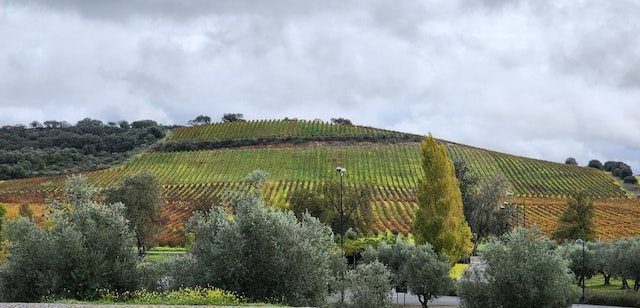
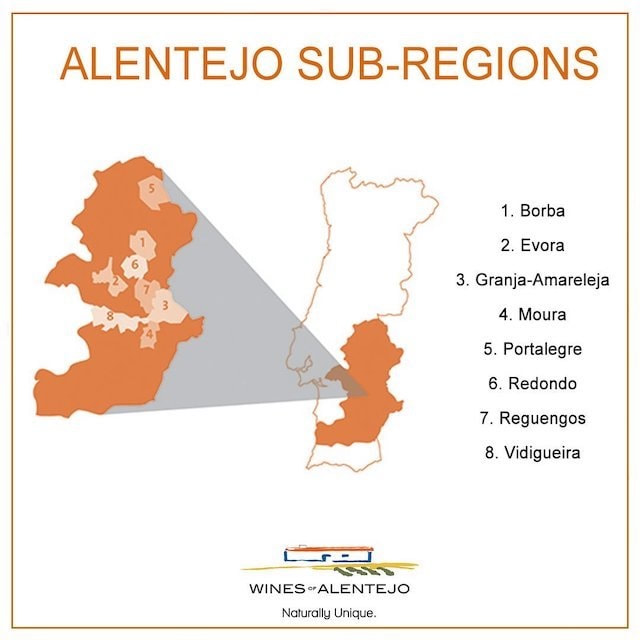
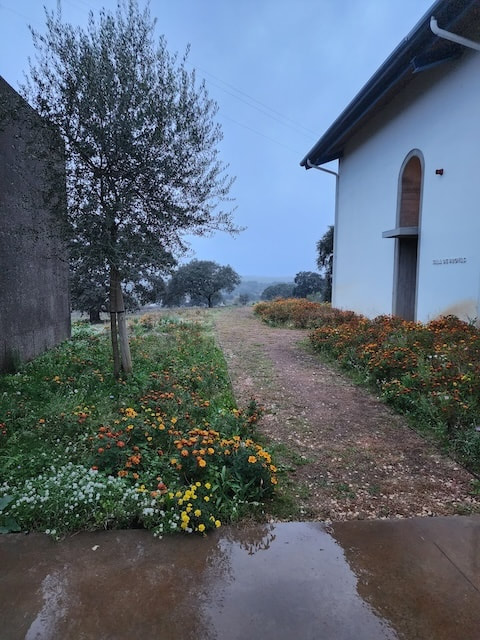
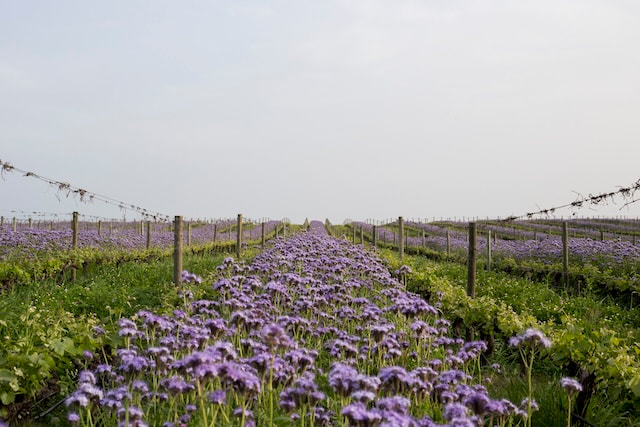
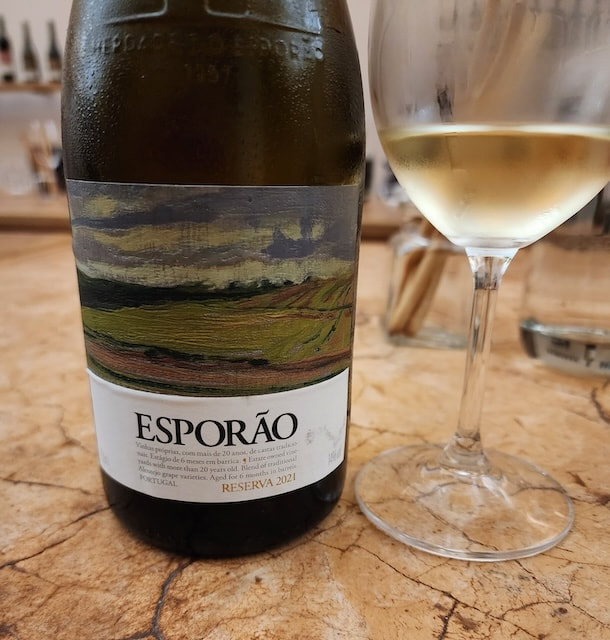
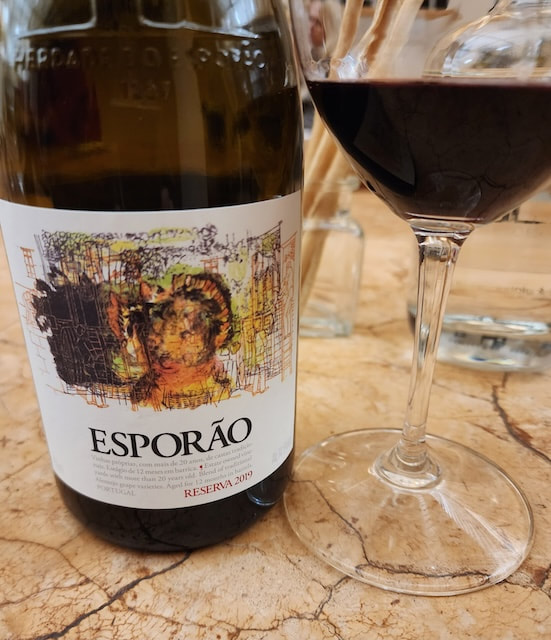
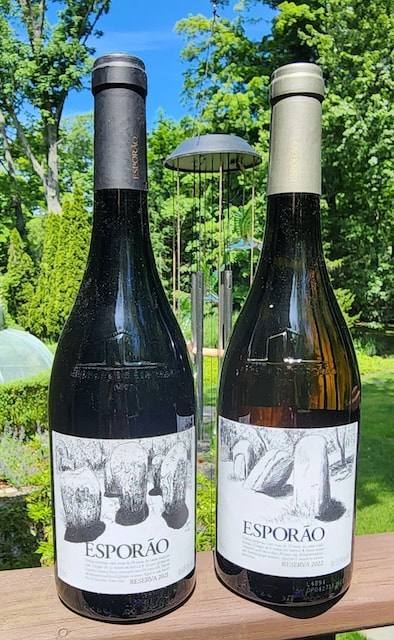
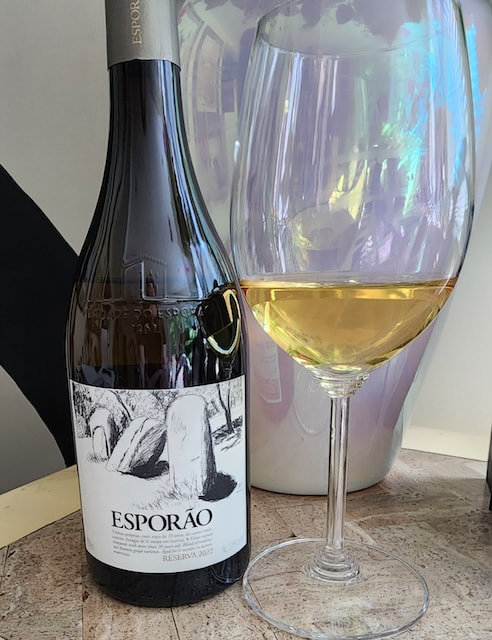
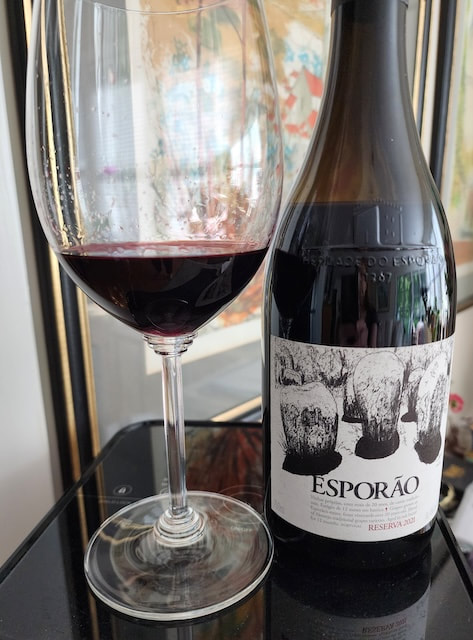

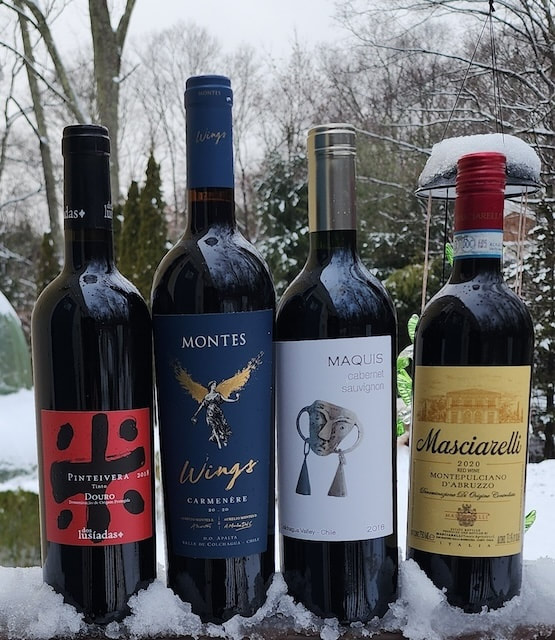
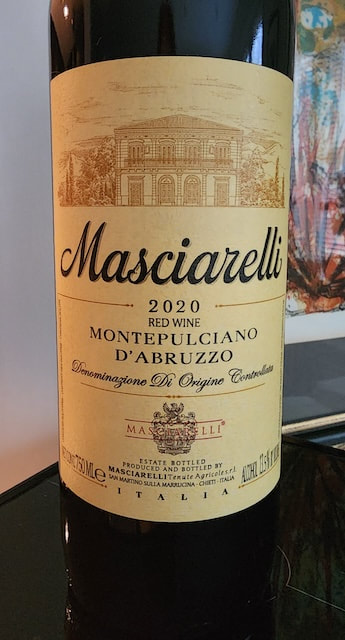
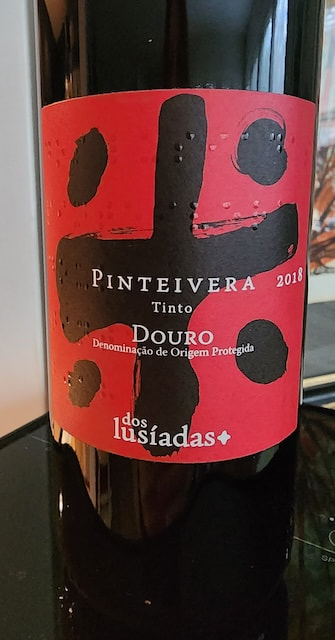
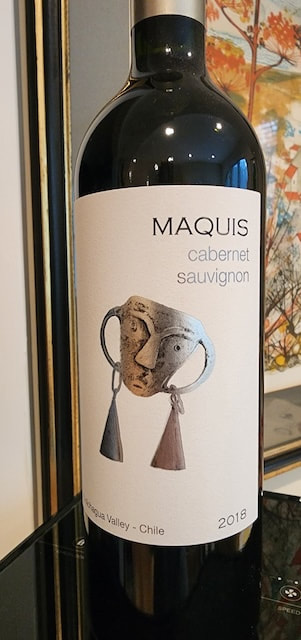
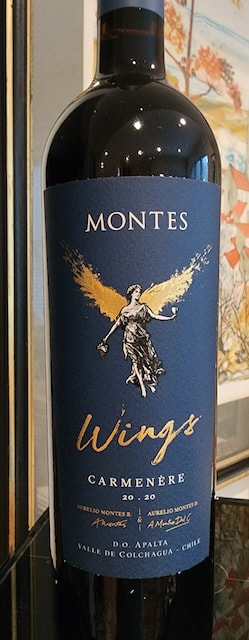
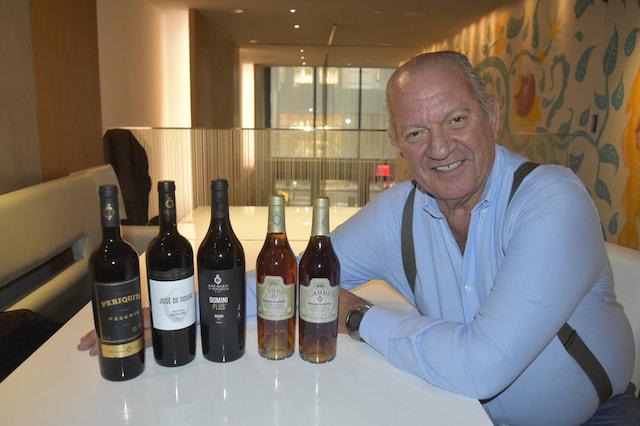
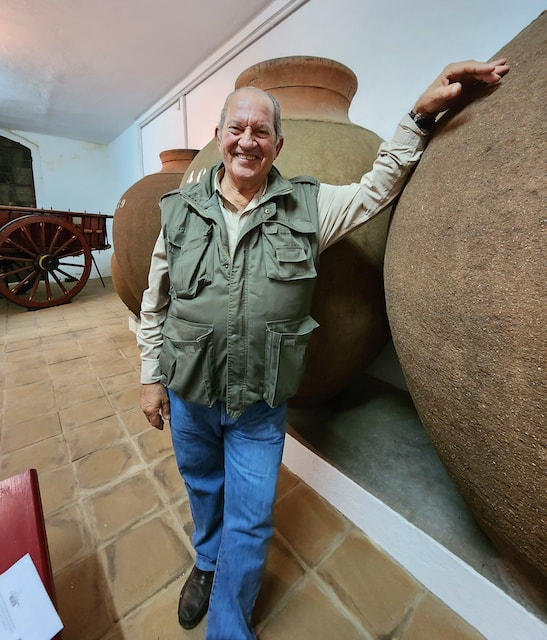

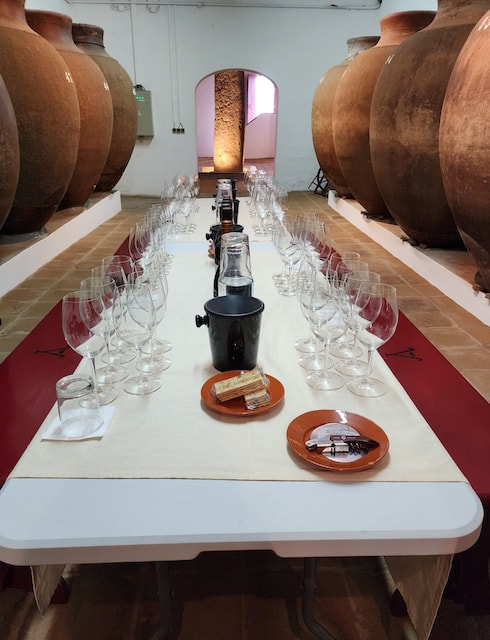
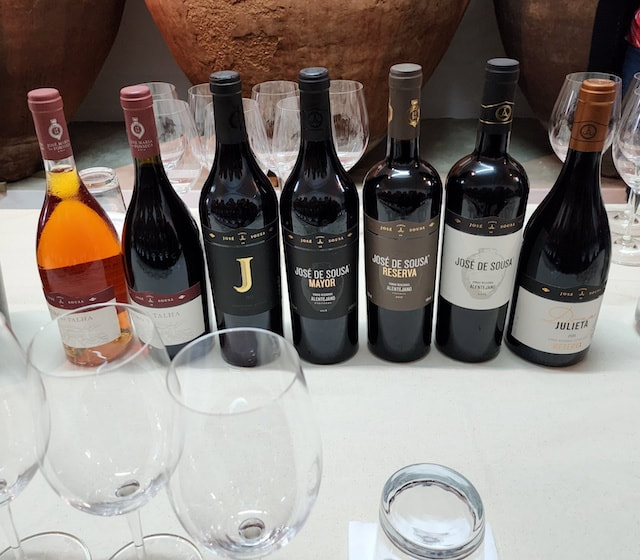
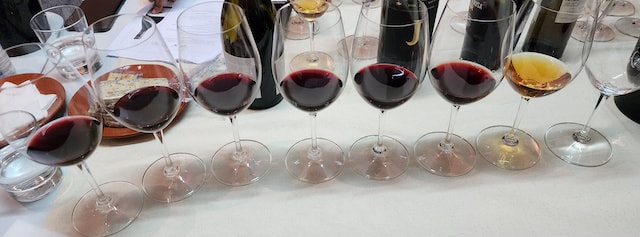
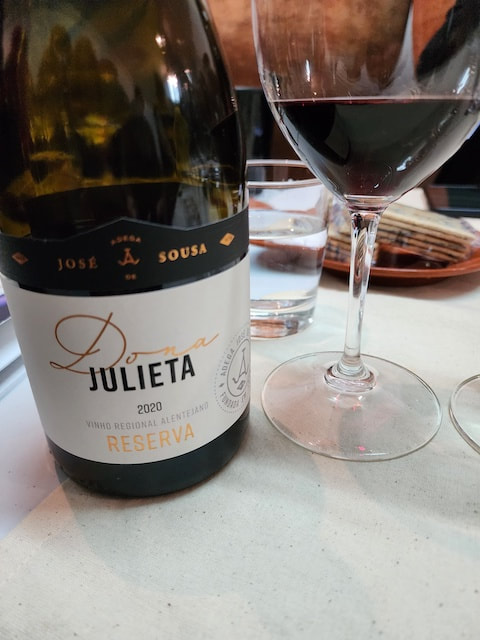
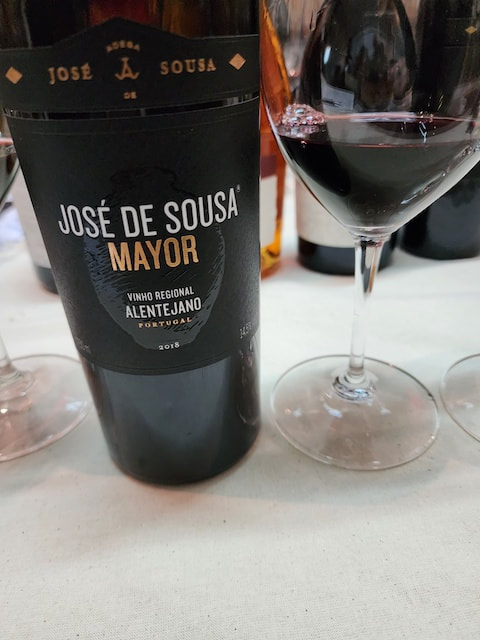
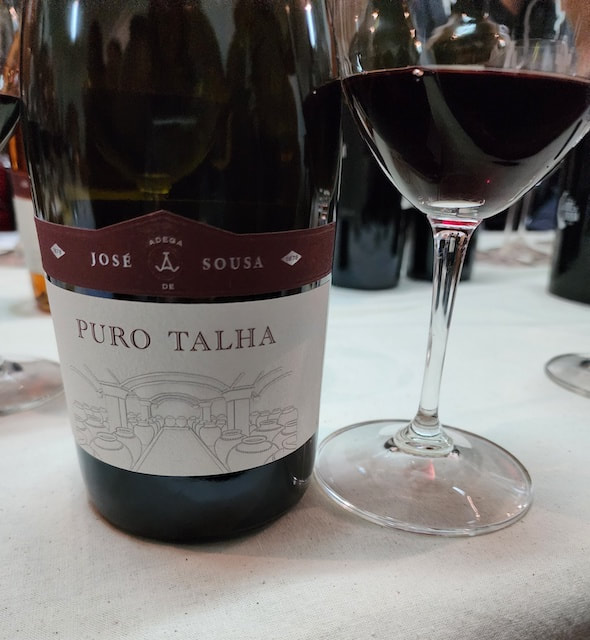
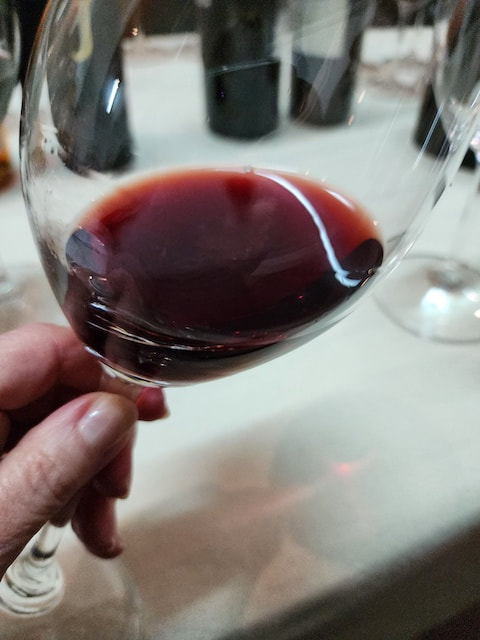
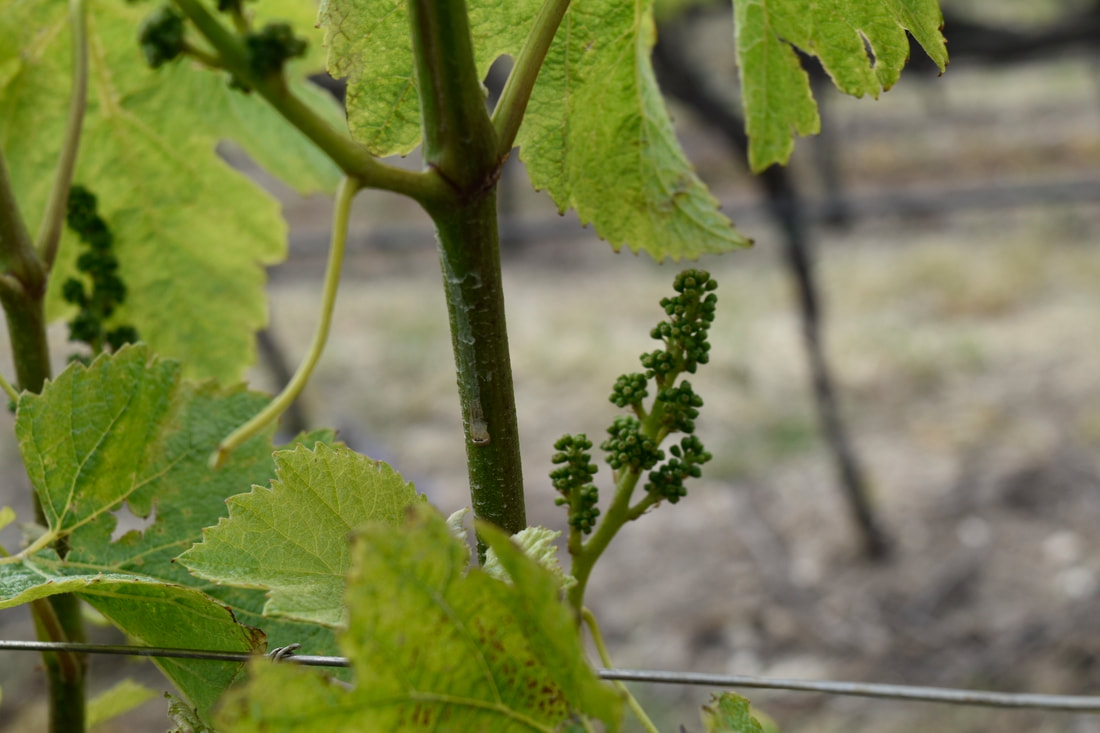
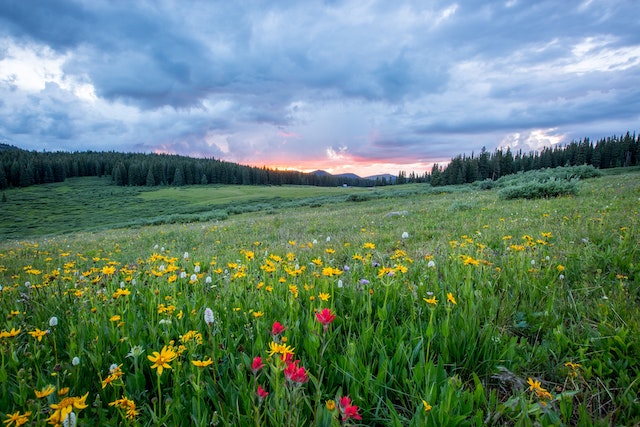

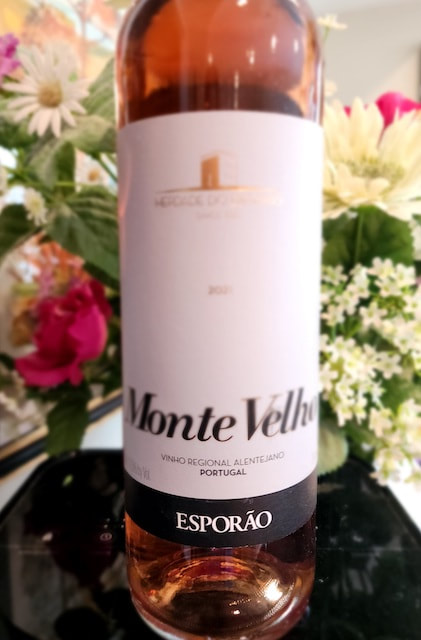
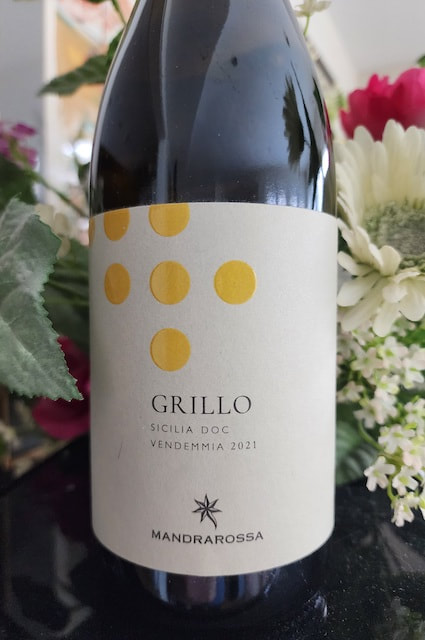
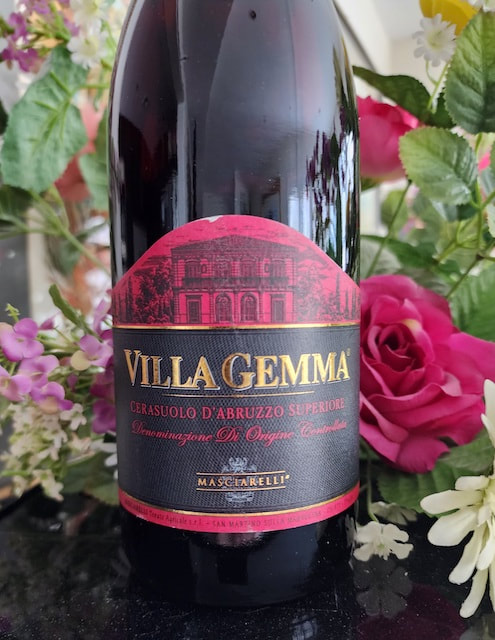
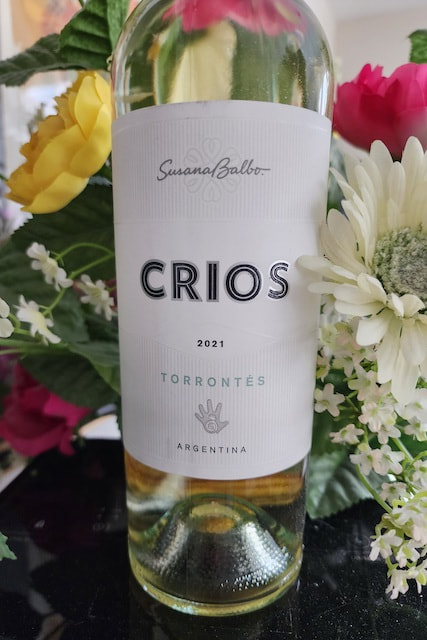
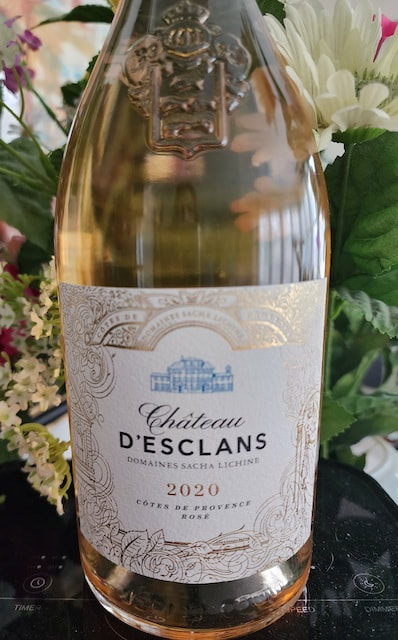
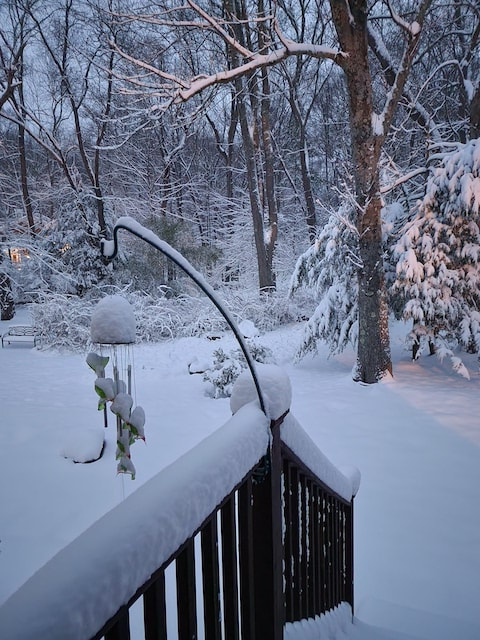
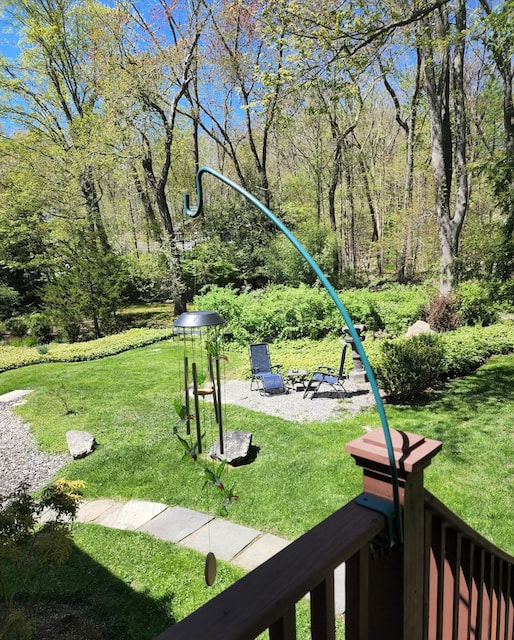
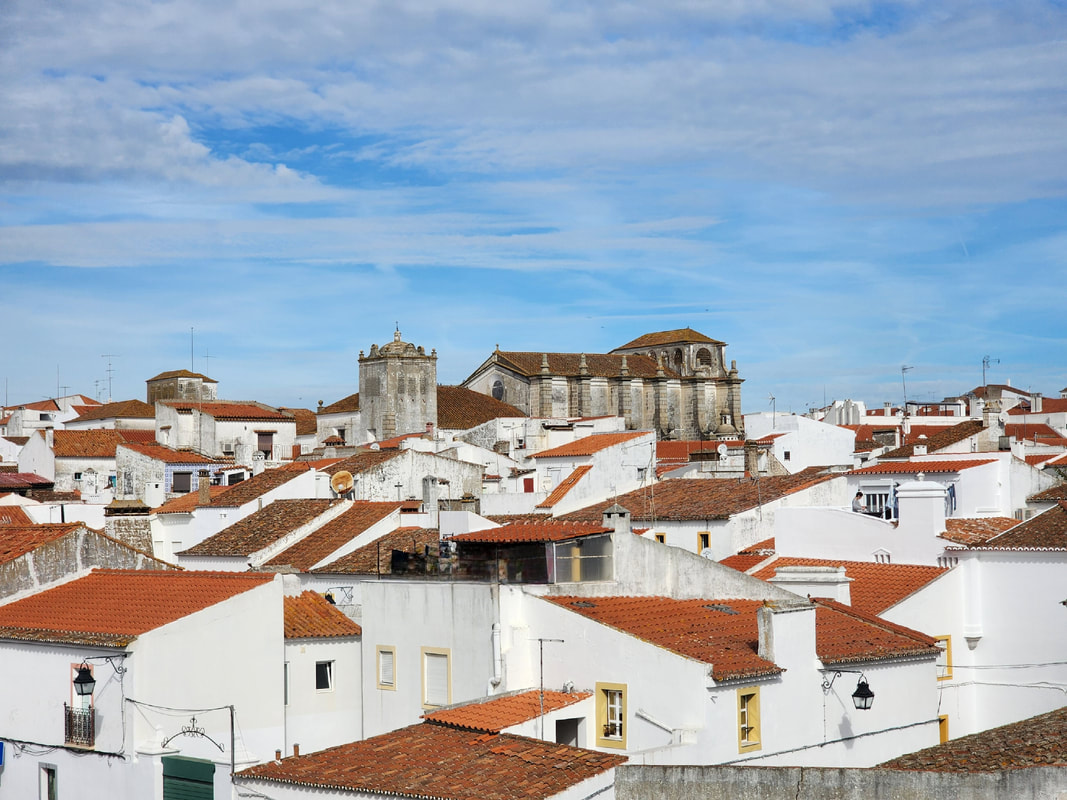
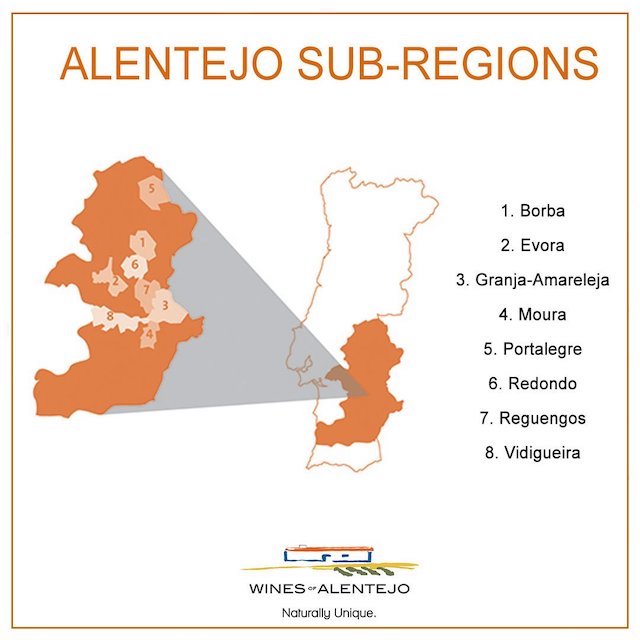
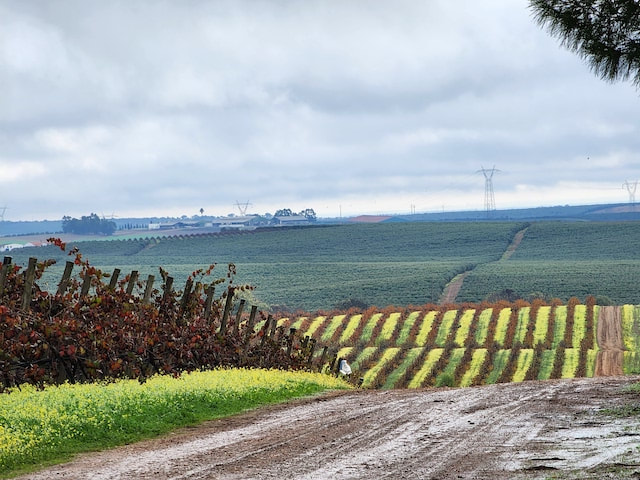
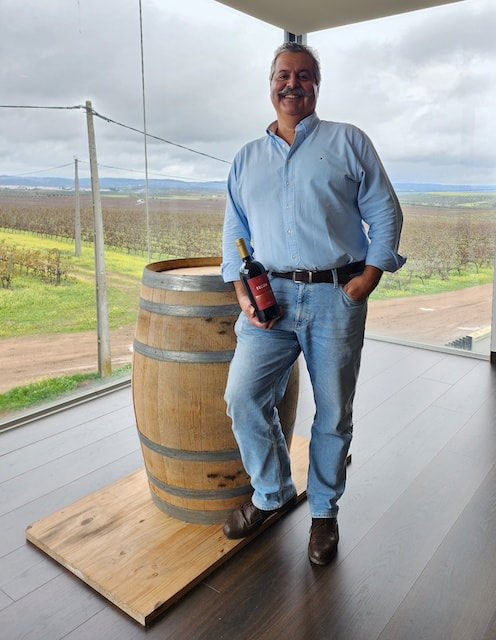
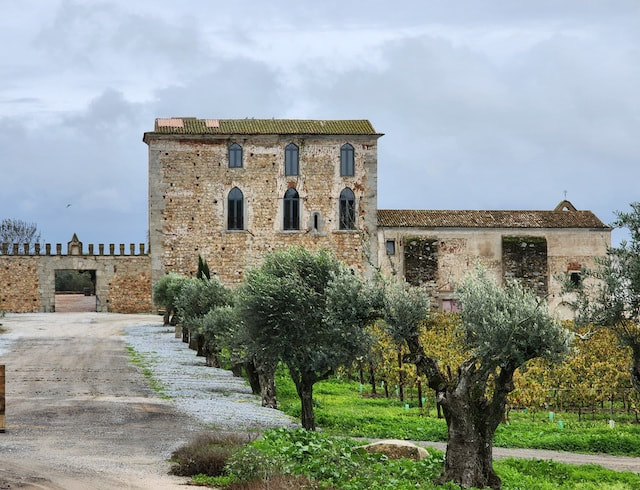
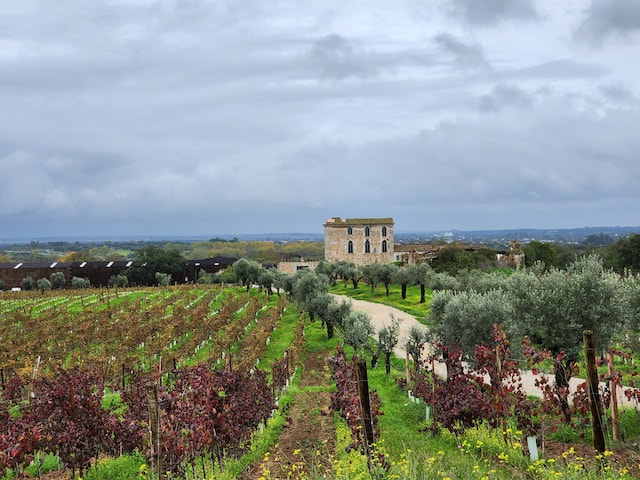
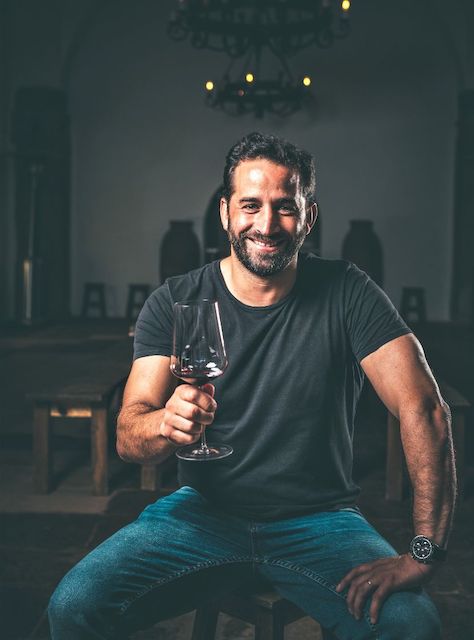
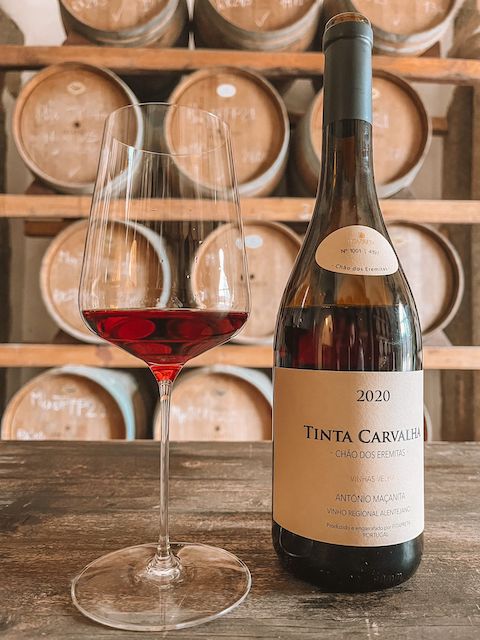
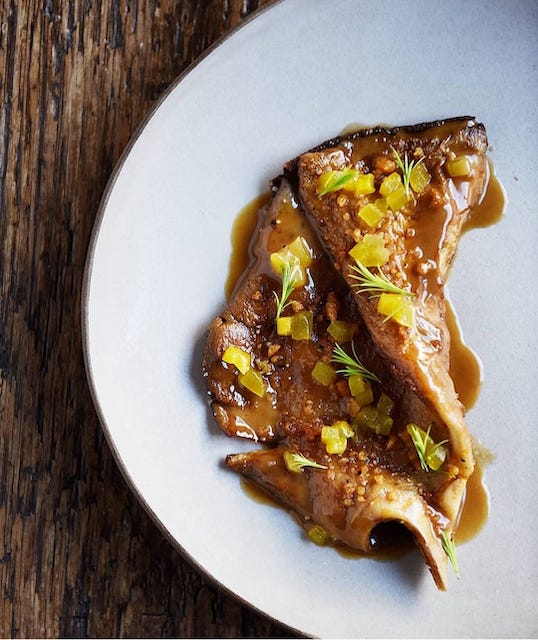
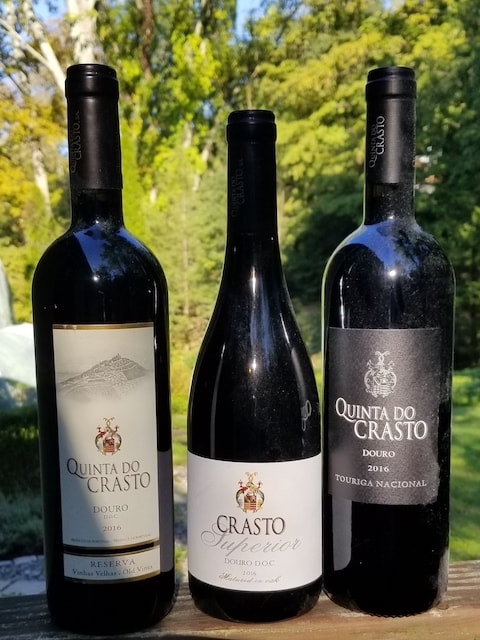
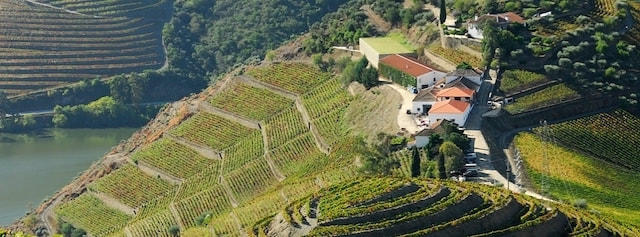
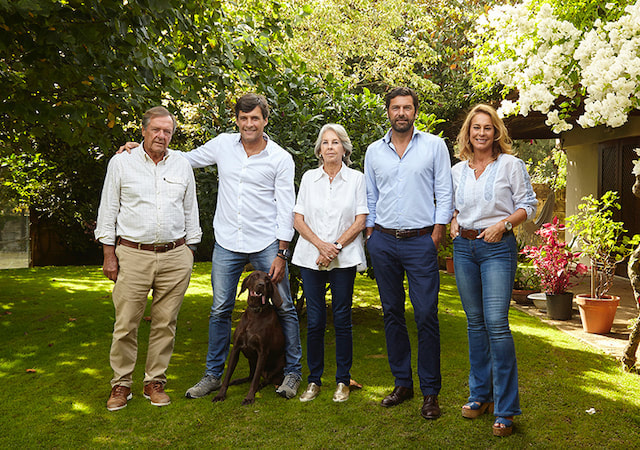
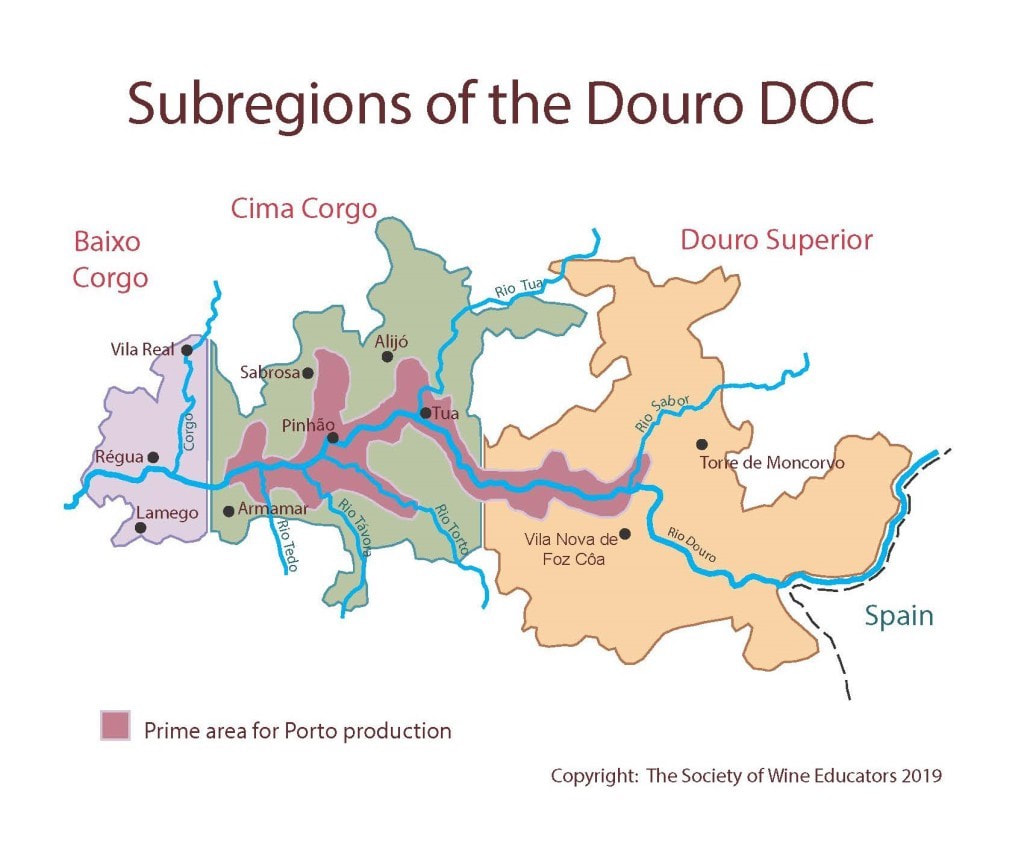
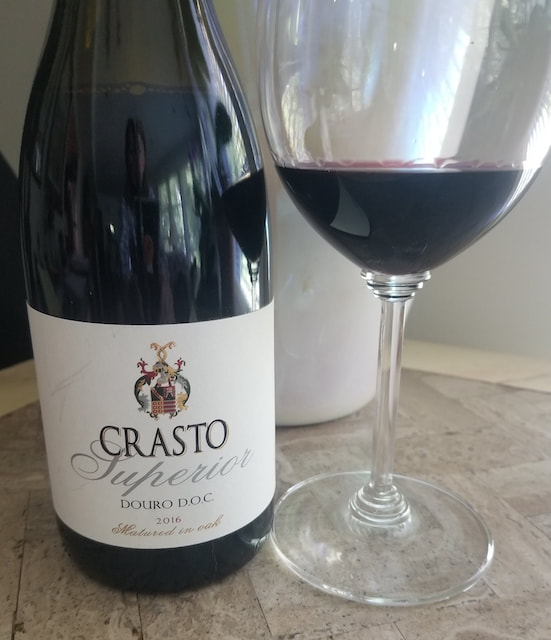
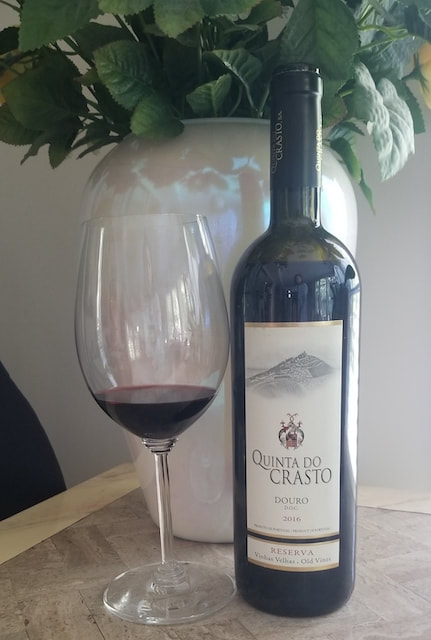
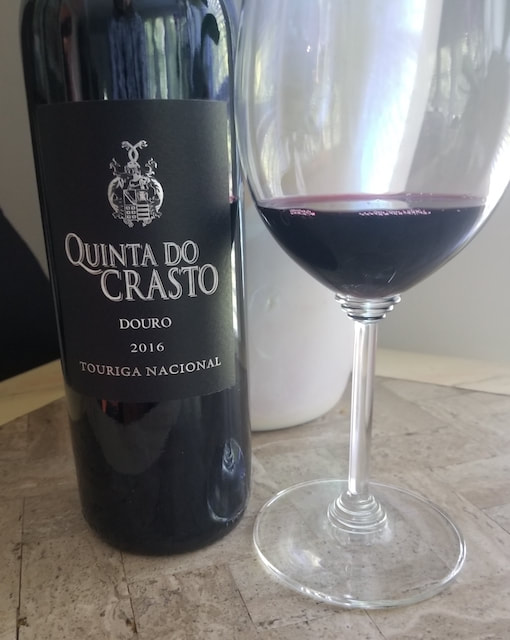
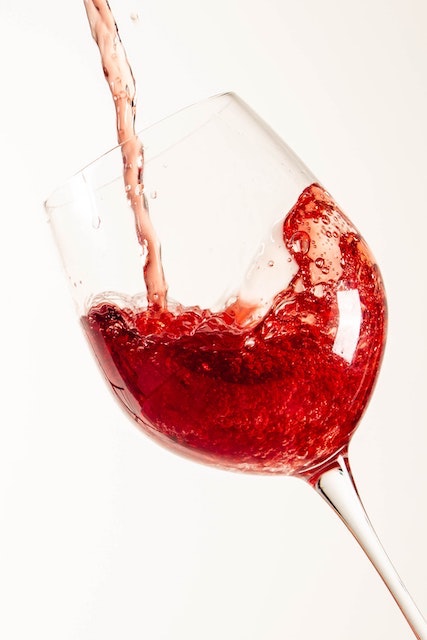
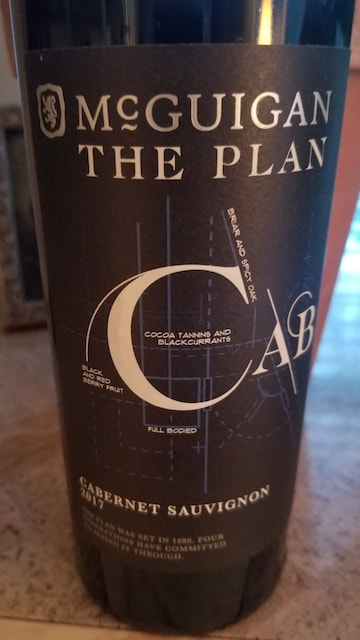
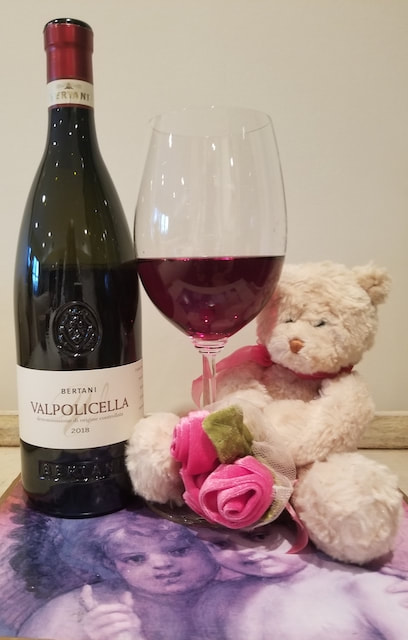
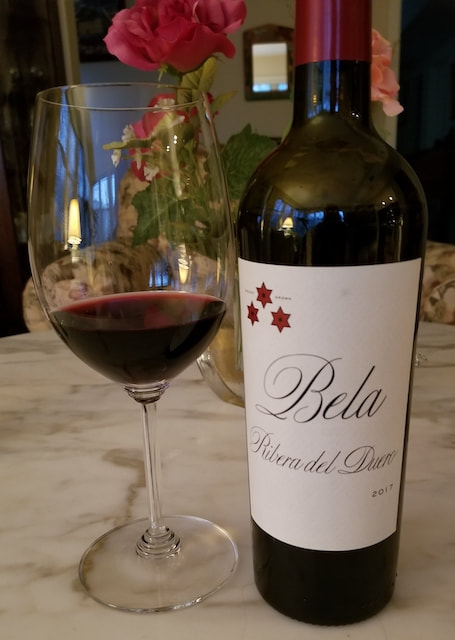
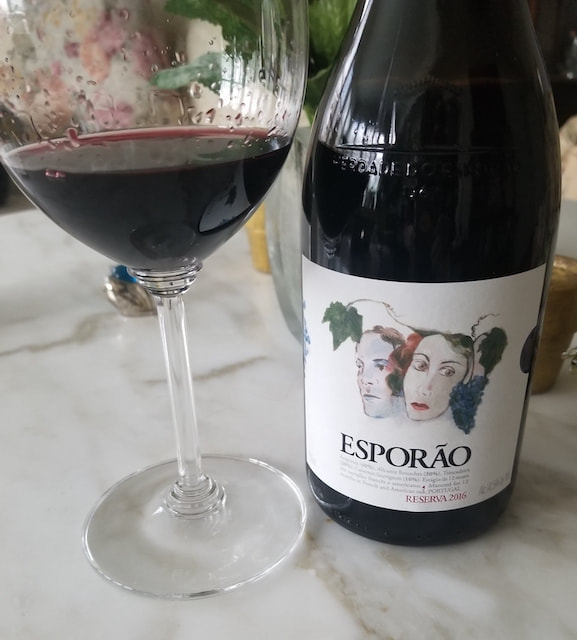
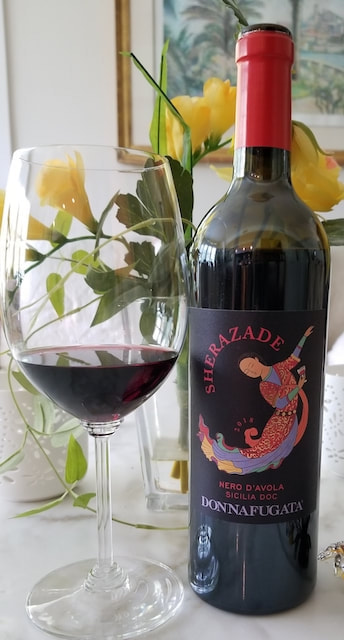
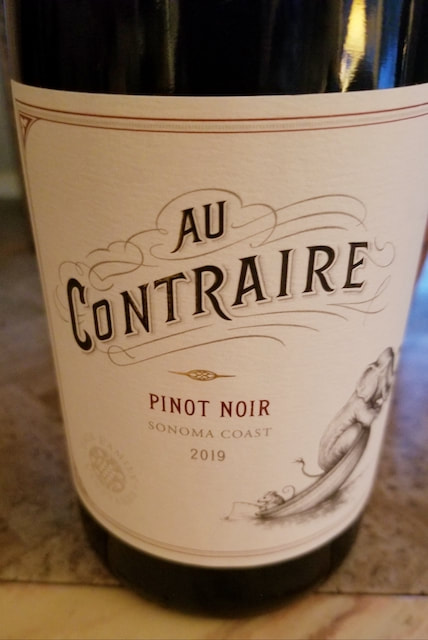
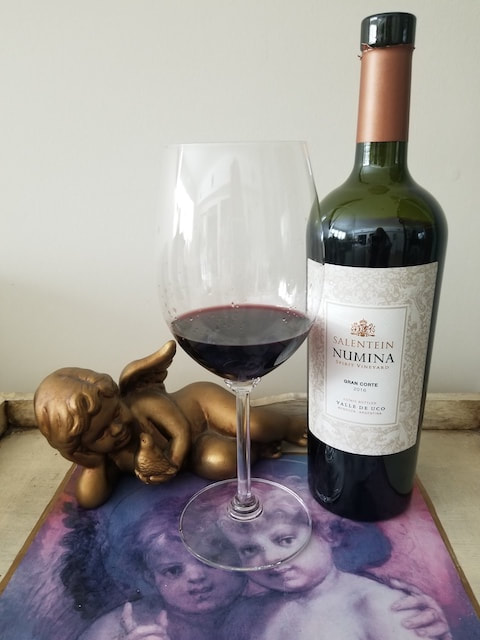
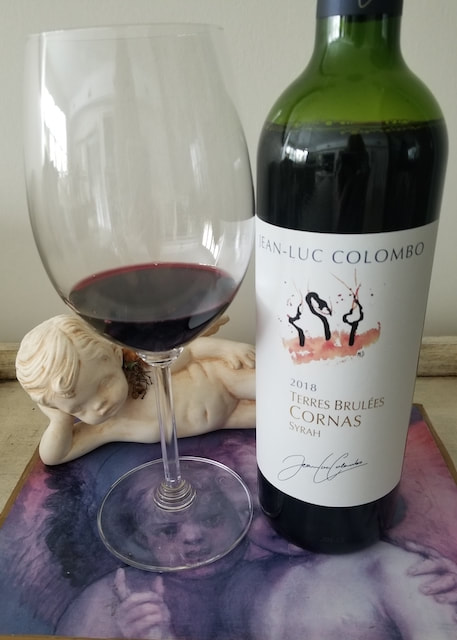
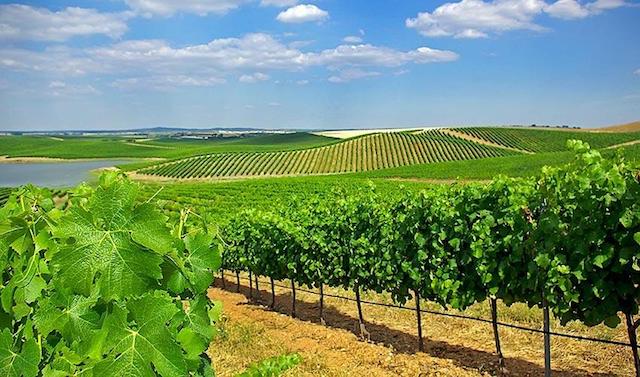
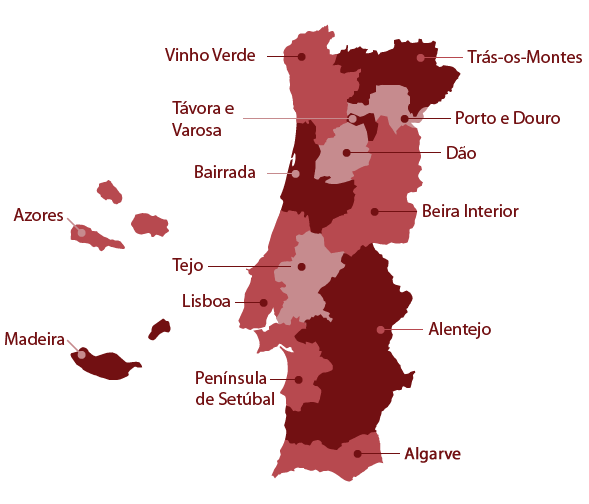
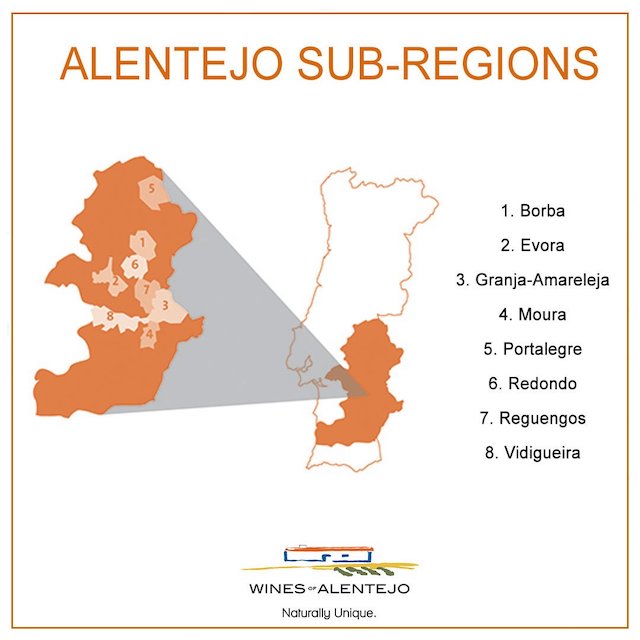
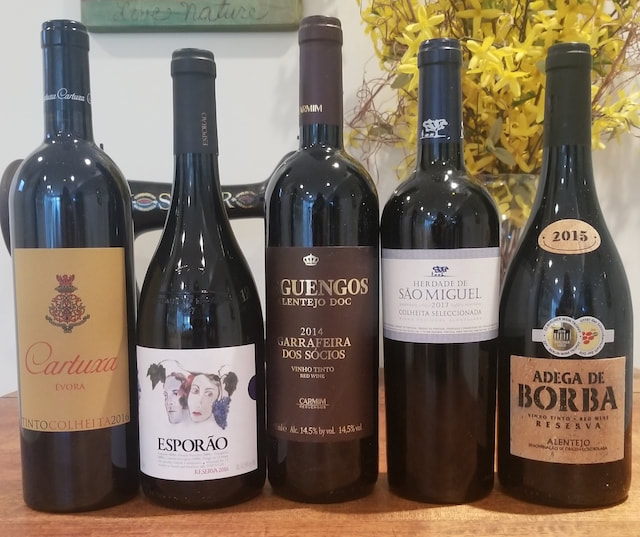
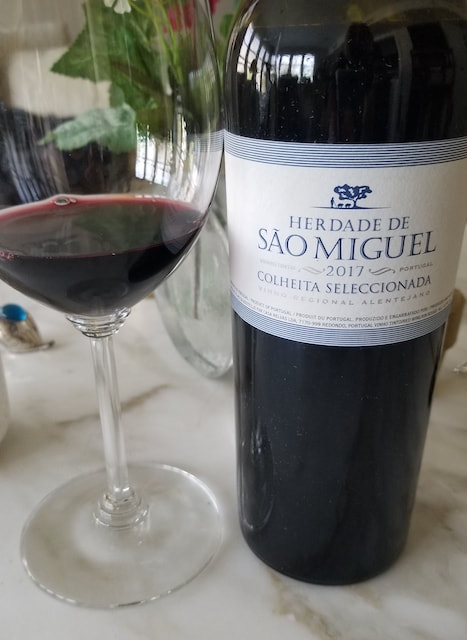
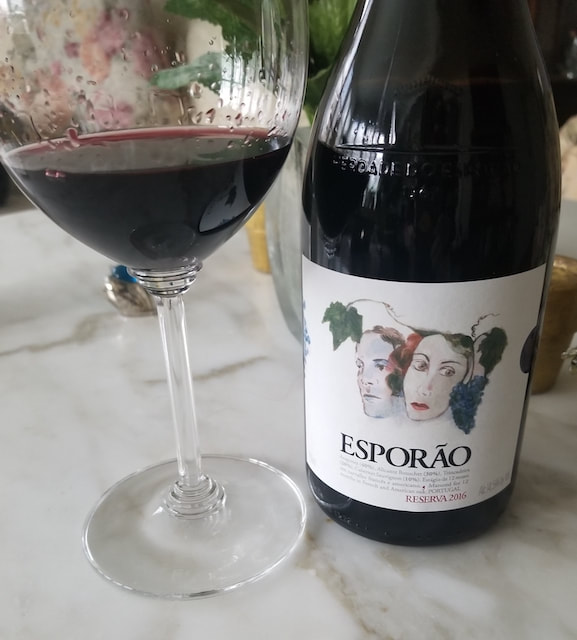
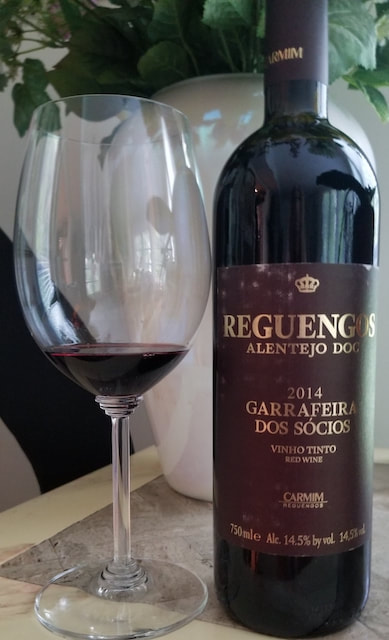
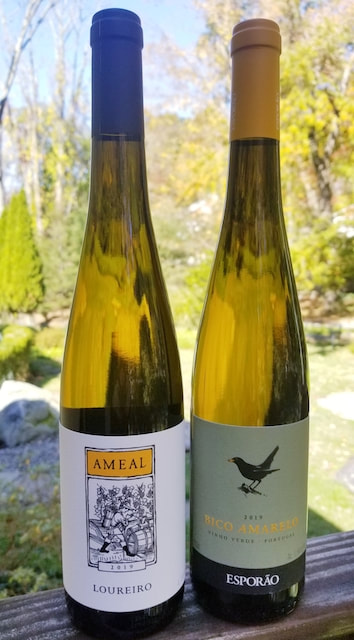
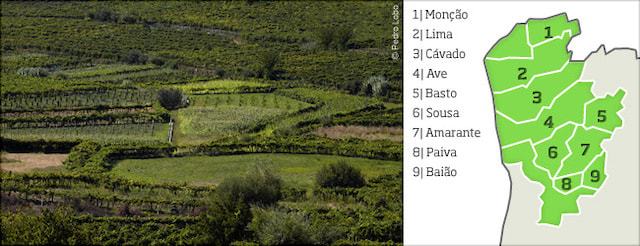
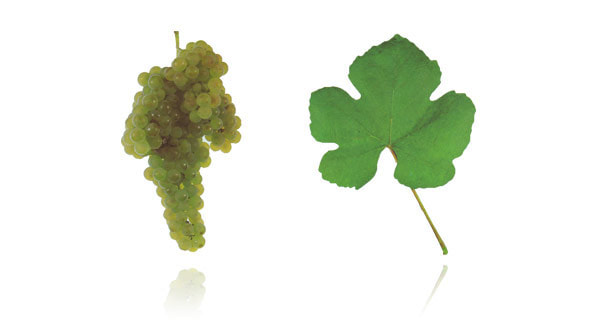
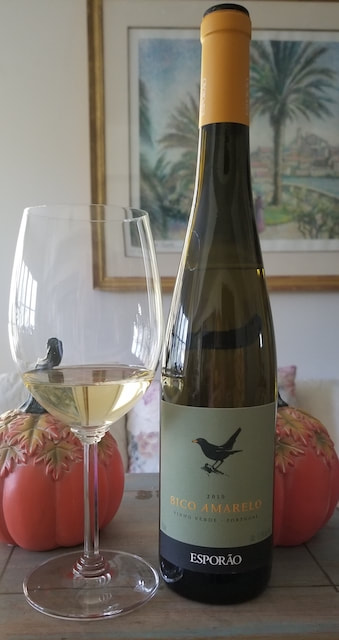
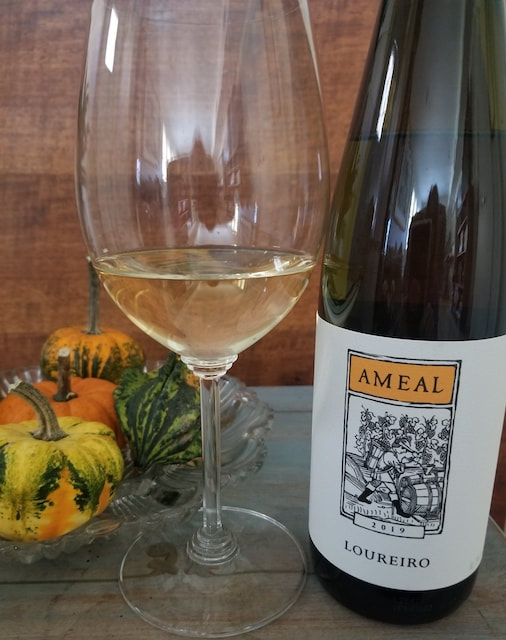
 RSS Feed
RSS Feed